INCOMING by Richard Mosse
Deutsche Börse Photography Prize 受賞のアイルランド人フォトグラファー、リチャード・モス(Richard Mosse)の作品集。第二次世界大戦後から現在に至るまで世界が直面し続けている難民・移民危機について、作者はヒューマニズムに関わる問題や政治的苦境、戦争による何百万もの移民、迫害、気候の変動をテーマにしている。本書は、撮影監督トレヴァー・トゥウィーテンと作曲家ベン・フロストとのコラボレーションによって制作された最新の映像作品(マルチ・チャンネル・フィルム・インスタレーション)のスチル写真を収録。神経を逆なでするようなサウンドトラックが大音量で流れる中、幅8mのワイドスクリーン3台に投影された映像作品は、見るものを飲み込むような圧倒的な力強さで迫ってくる。アメリカ空軍が地上のDAESH(イスラム国)に向けて機銃掃射する様子が生々しいシリア内戦の一場面や、病理学者たちがエーゲ海に浮かぶレロス島沖合で溺死した身元不明の難民の死体の骨からDNAを抽出するシーンなど、昨今の出来事の重要な場面を最新型兵器レベルの撮影技術を用いて映像化し、歴史的な証拠として残した本作は、歴史の記録を証明する空間を切り開いた。中東や北アフリカ、ヨーロッパを横断する旅について難民や移民たちが語る物語を捉えたのは、一般には流通していない非常に強力な赤外線サーマルカメラ。この超望遠軍事用カメラは、昼夜を問わず30.3km先に離れたところにいる人体をも感知することができる。人の生命の生物学的な痕跡を読み取るこのカメラにより、温度の違いによる熱放射の痕跡として表された世界は、強い光に照らされて浮かび上がるモノクロの眩いイメージとなって、低体温症、気候変化、標的に狙いを定めた銃口、国境警備、排外主義、国を失った人々の「むきだしの生(bare life)」を文字通り、そして同時に比喩的に表現している。
「このカメラは、ある種の美学的暴力として作用しており、主体の人間性を奪い、人々を怪物的なものとしてゾンビ化した形象に落とし込む上、身体から個別性を奪い、単なる生物学的な痕跡として人間を捉えている」- リチャード・モス
本書では、映像作品で体験した飲み込まれるような感覚が再現され、全576ページの裁ち落としの構成に映像作品の全編から選び出したスチル写真を巧みに配置することによって、壮絶で胸をえぐるような物語を展開していく。
レビュー:後藤由美(Reminders Photography Stronghold 共同創設者、インディペンデントキュレーター)
記事:軍事用カメラが捉えた難民のむき出しの生命(Newsweek Japan)
At a moment when the world is facing the world’s largest refugee and migration crisis since the Second World War, Incoming by Irish artist and Deutsche Börse Photography Prize winner Richard Mosse deals with the major humanitarian and political plight of our time, the displacement of millions due to war, persecution and climate change. With illuminating texts by Mosse and the philosopher Giorgio Agamben, the 576-page book combines film stills from the artist’s latest video work made in collaboration with electronic composer Ben Frost and cinematographer Trevor Tweeten – a haunting and searing multi-channel film installation, accompanied by a visceral soundtrack. Journeys made by refugees and migrants across the Middle East, North Africa, and Europe are captured with a new weapons-grade surveillance technology that can detect the human body from 30.3km. Blind to skin colour, this camera technology registers only the contours of relative heat difference within a given scene, foregrounding the fragile human body’s struggle for survival in hostile environments. As Mosse writes in his essay, ‘the camera carries a certain aesthetic violence, dehumanizing the subject, portraying people in zombie form as monstrous, stripping the individual from the body and portraying a human as mere biological trace.’ Alluding literally and metaphorically to hypothermia, mortality, epidemic, global warming, weapons targeting, border surveillance, xenophobia, and the ‘bare life’ of stateless people, Mosse’s use of a military telephoto camera serves as an attempt to reveal its internal logic – to see the way missiles see. Following the narrative sequence of the film, the book presents still frames from footage of a live battle inside Syria in which a US aircraft strafes IS positions on the ground, to scenes showing refugees boarding rescue boats off the coast of Libya or gathered along the shores of Turkey under cover of darkness, or making the dangerous journey through the Sahara Desert, and the burning of the Jungle refugee camp. Like the film, the artist’s book bears witness to chapters in recent world events – mediated through weapons camera technology – while also shedding light on the ethical, technological, logistical and aesthetic issues involved in creating this major new work.
REVIEW:INCOMING by Yumi Goto(Co-founder of Reminders Photography Stronghold / Independent Curator)
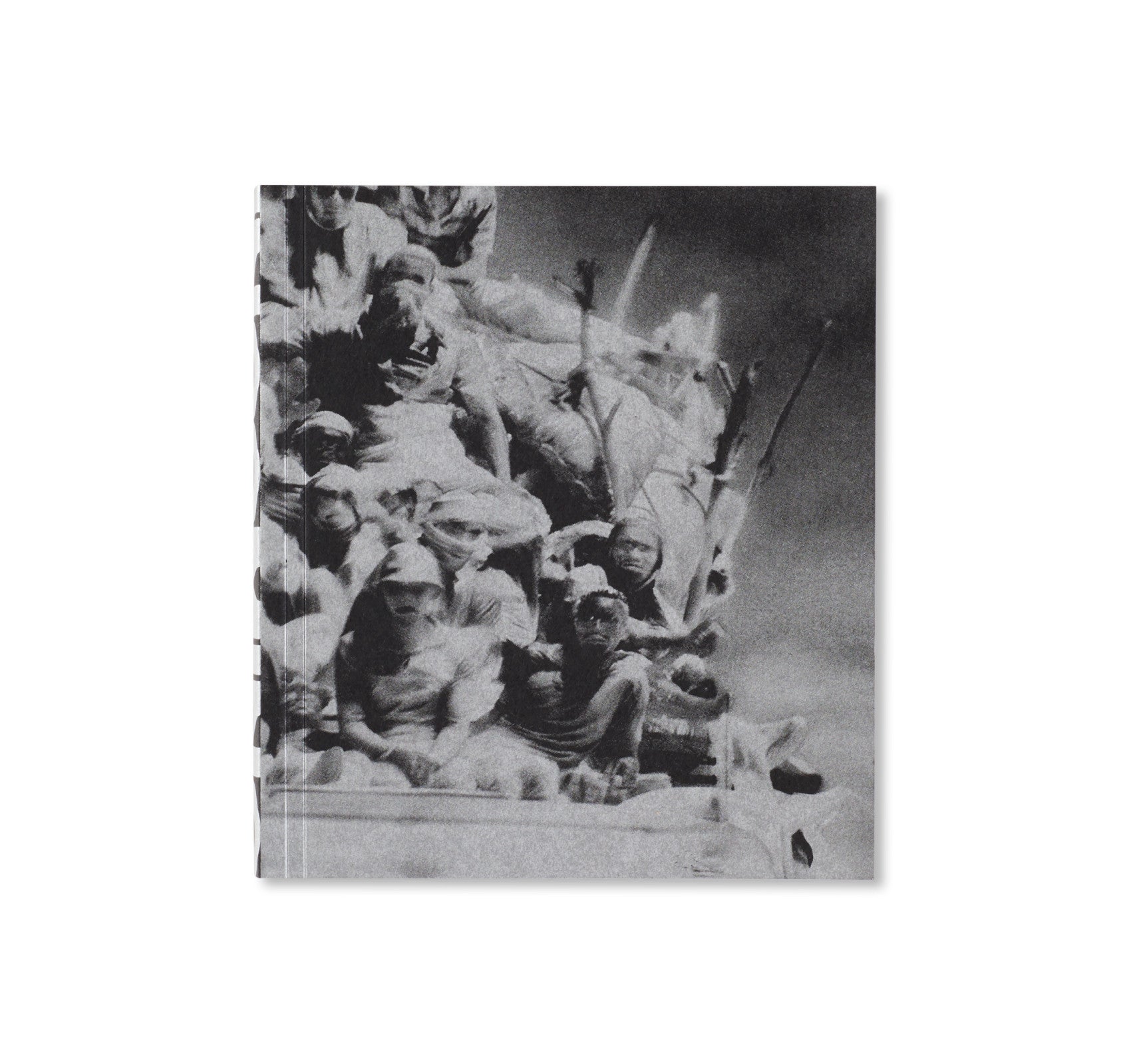
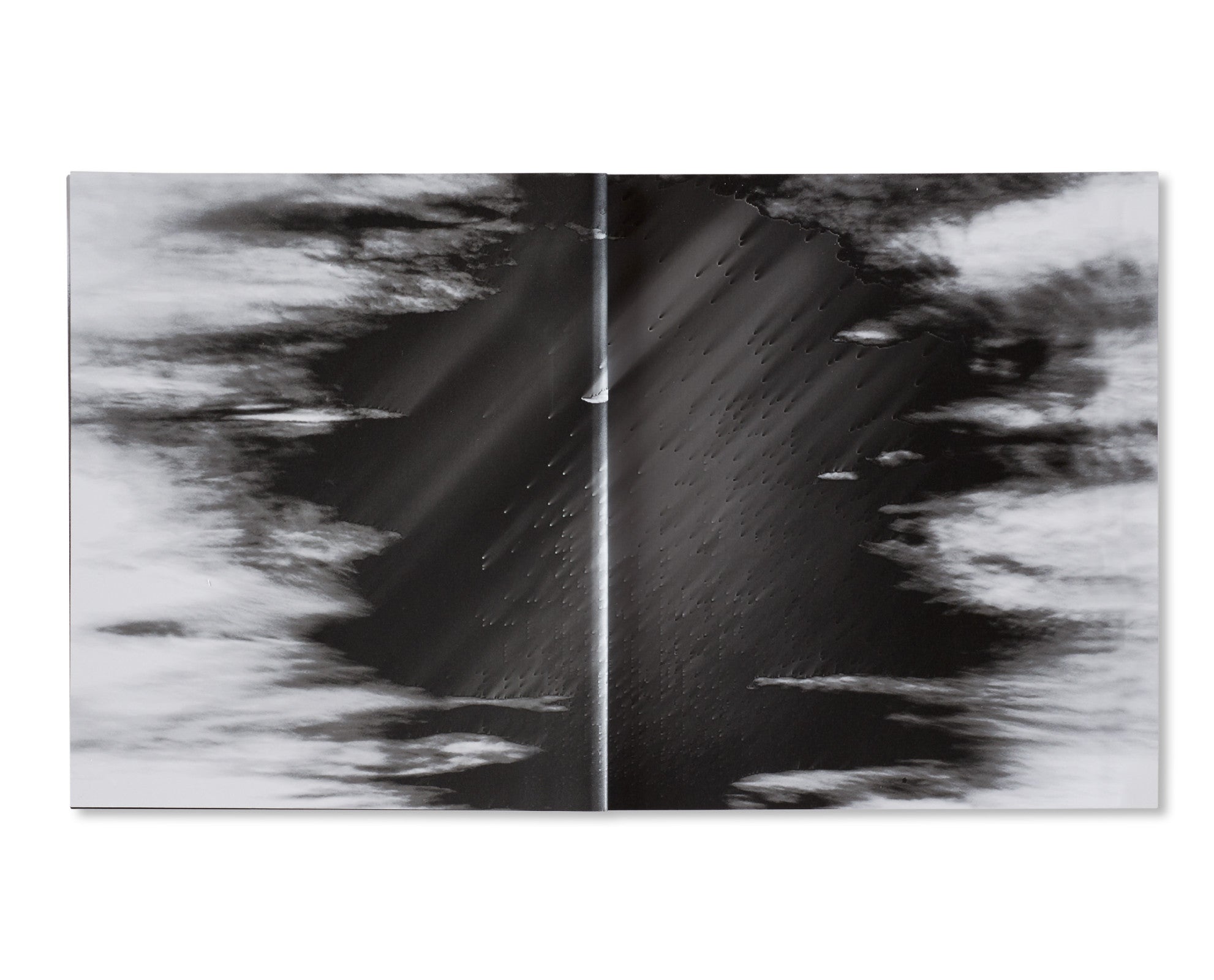
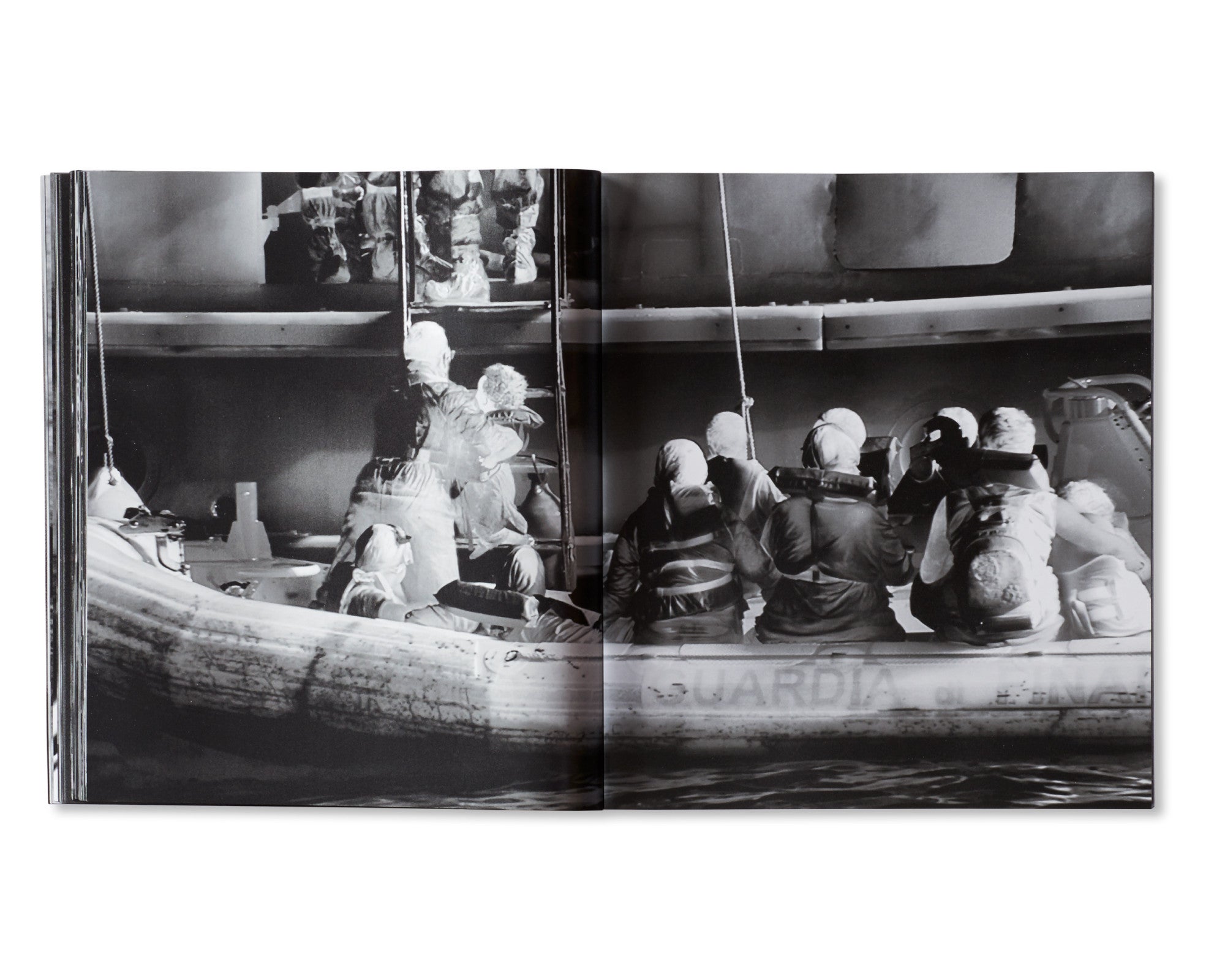
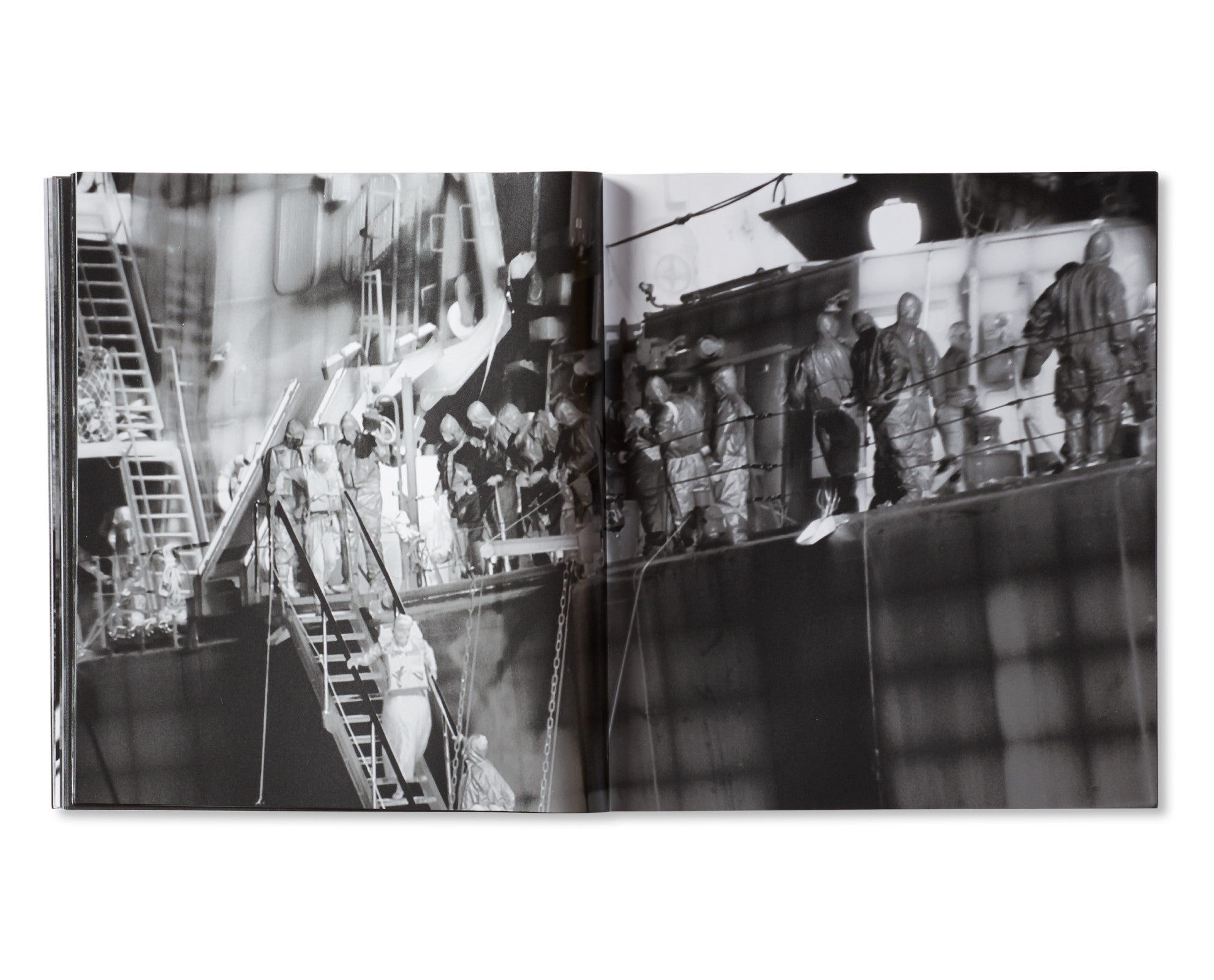
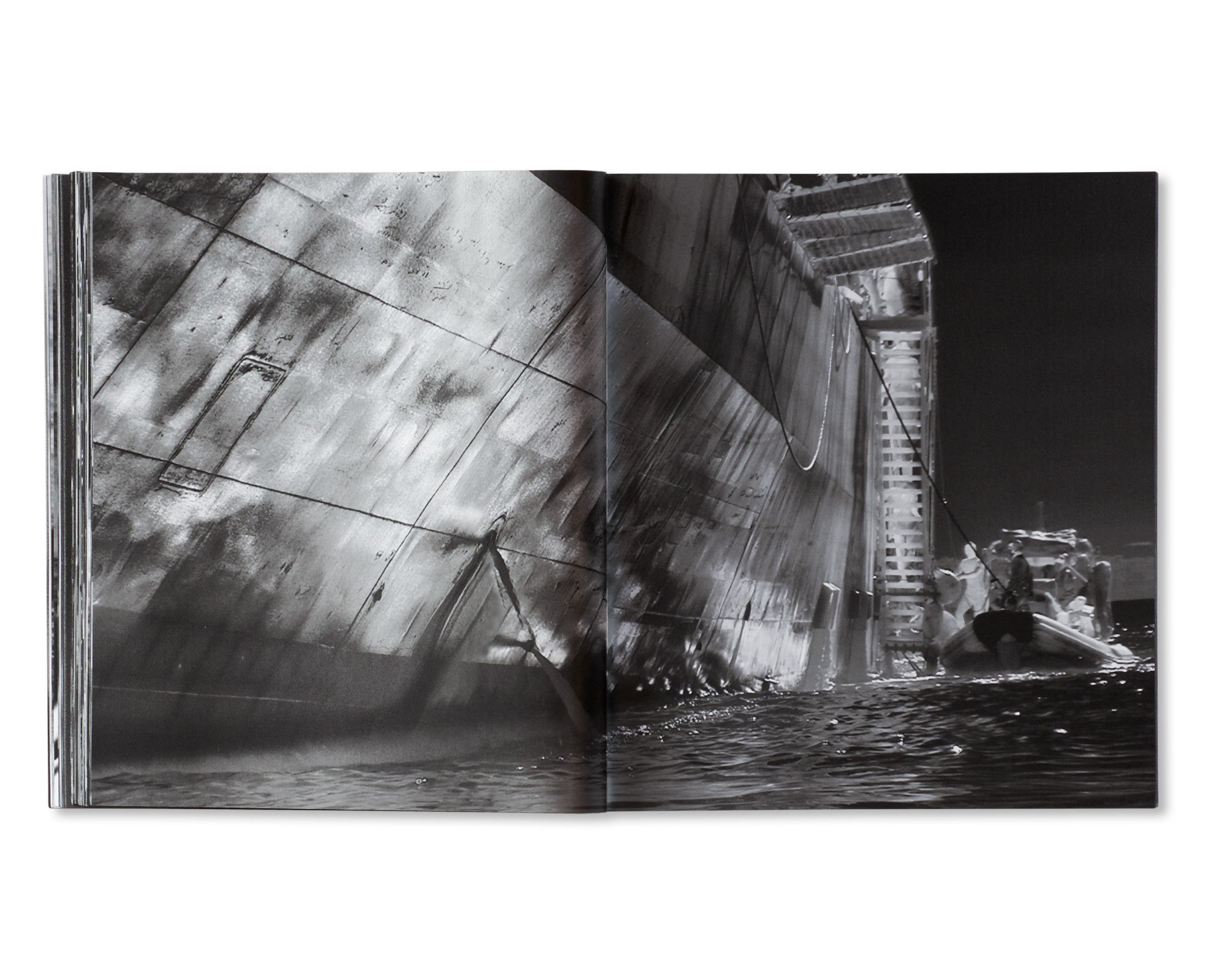
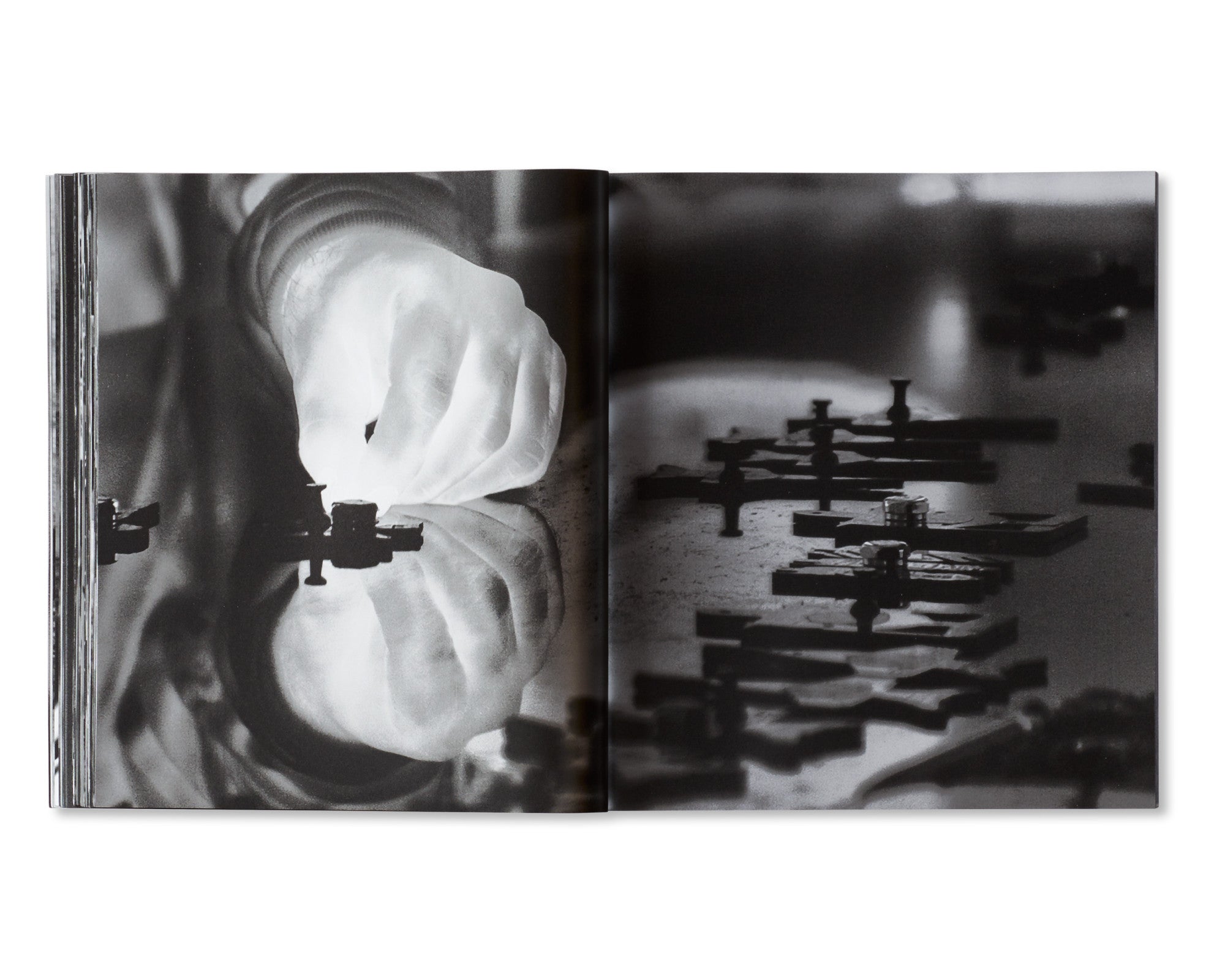
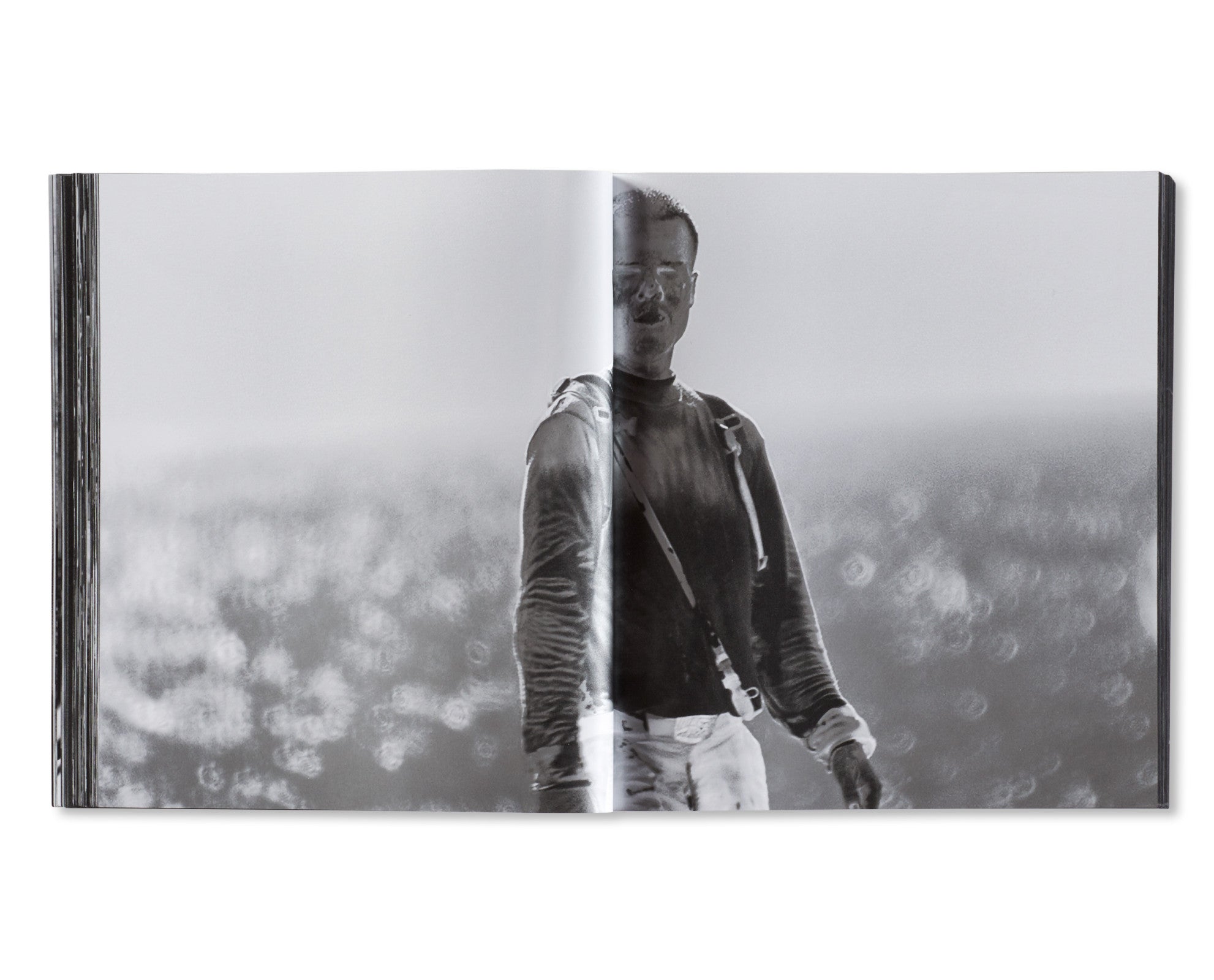
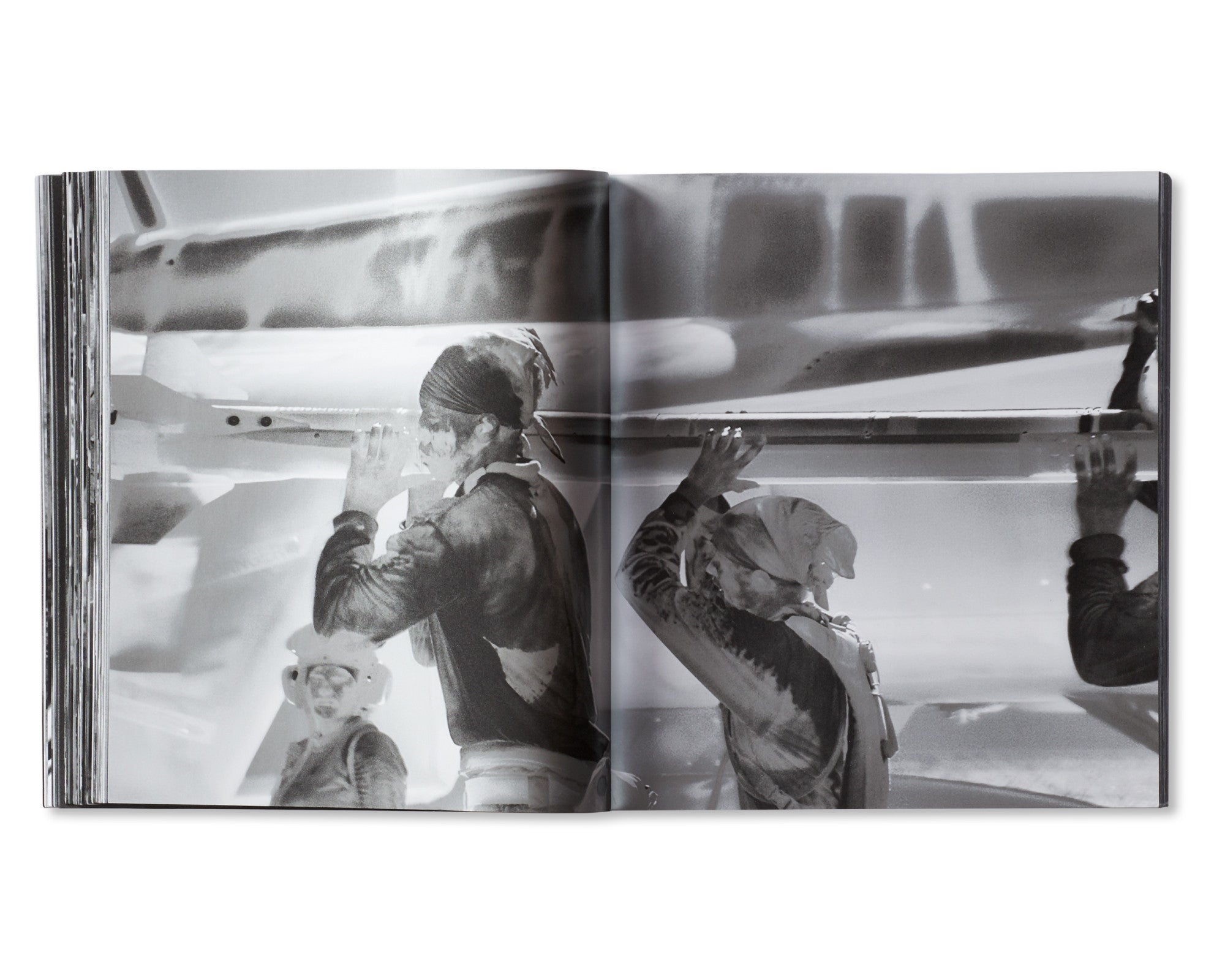
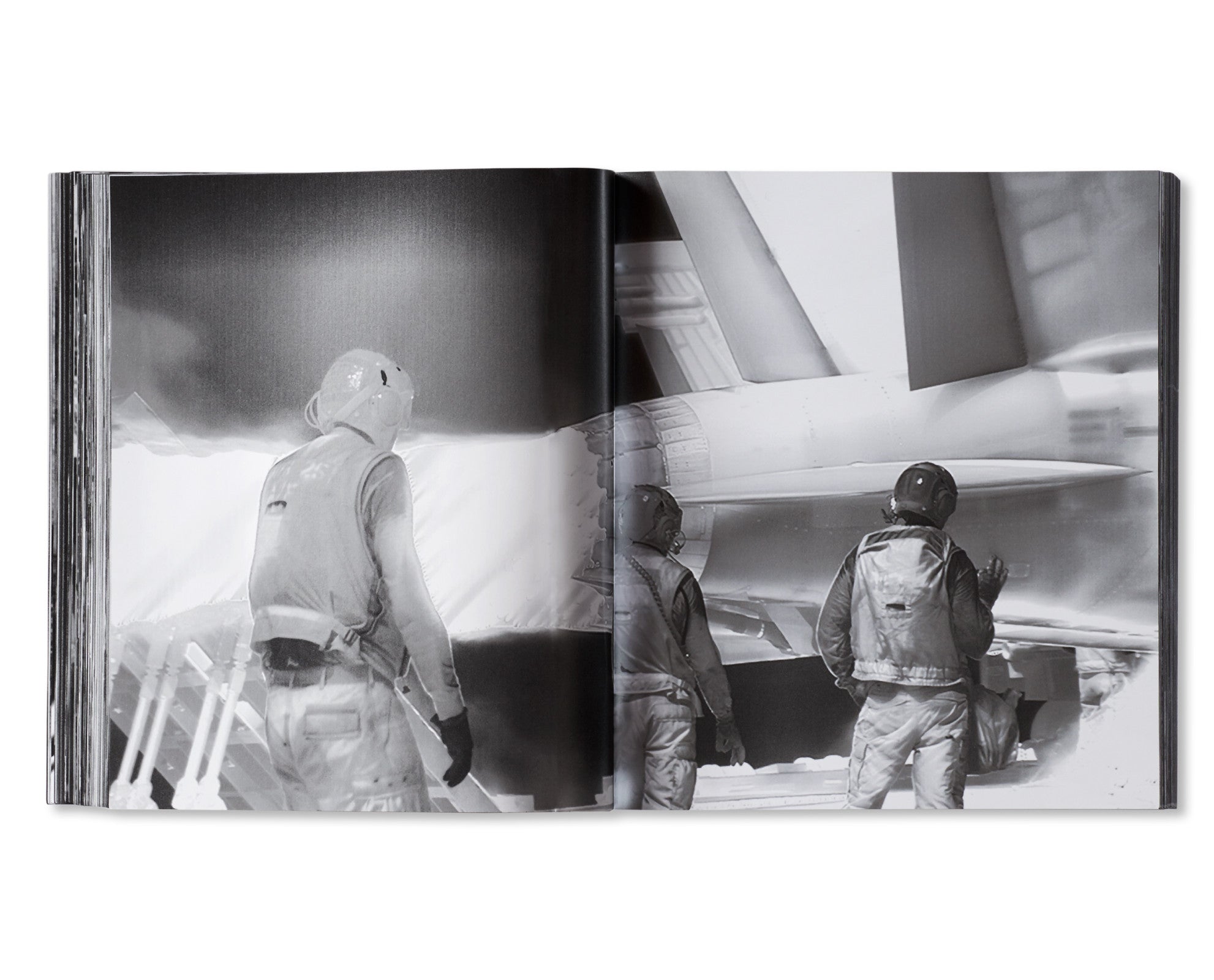
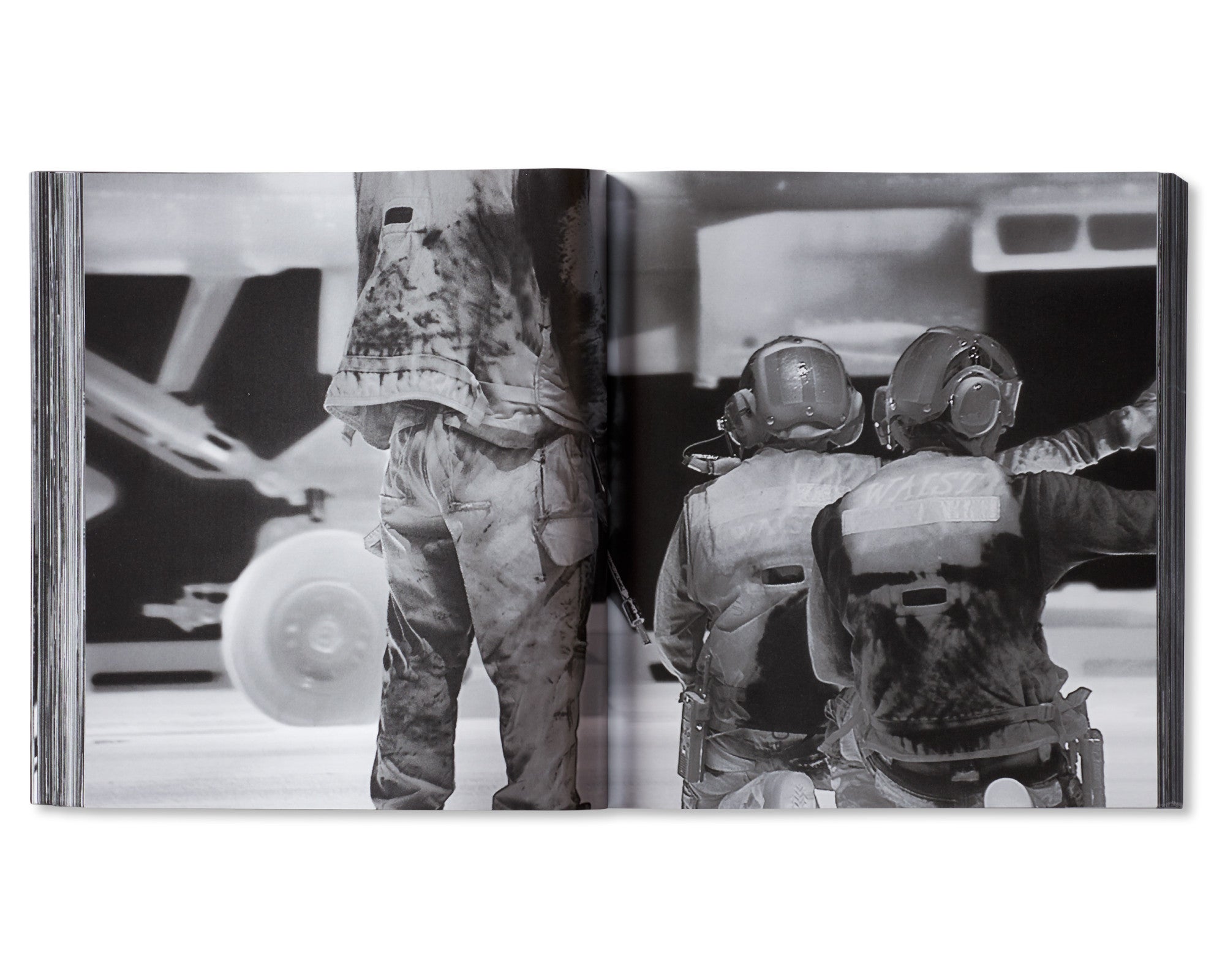
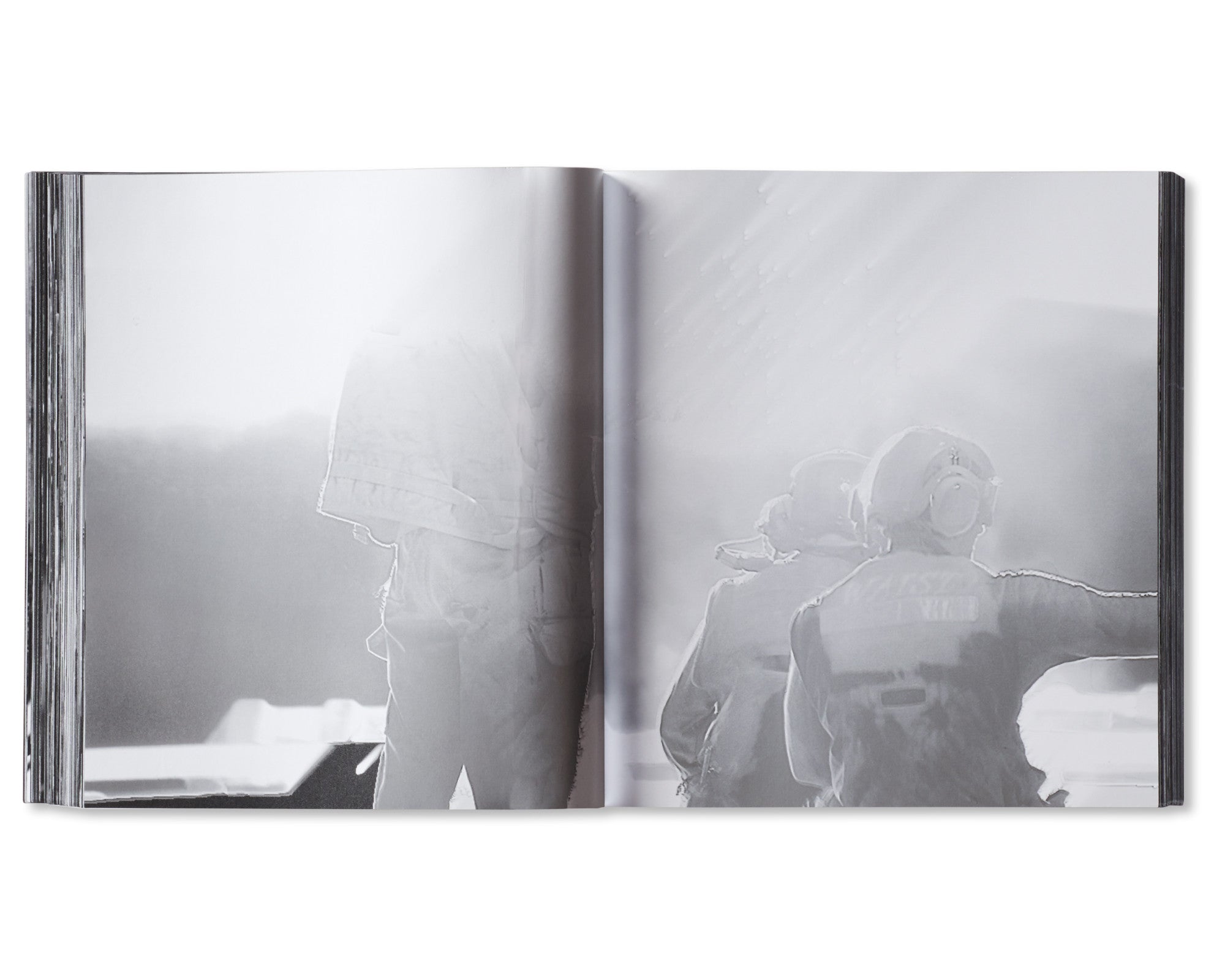
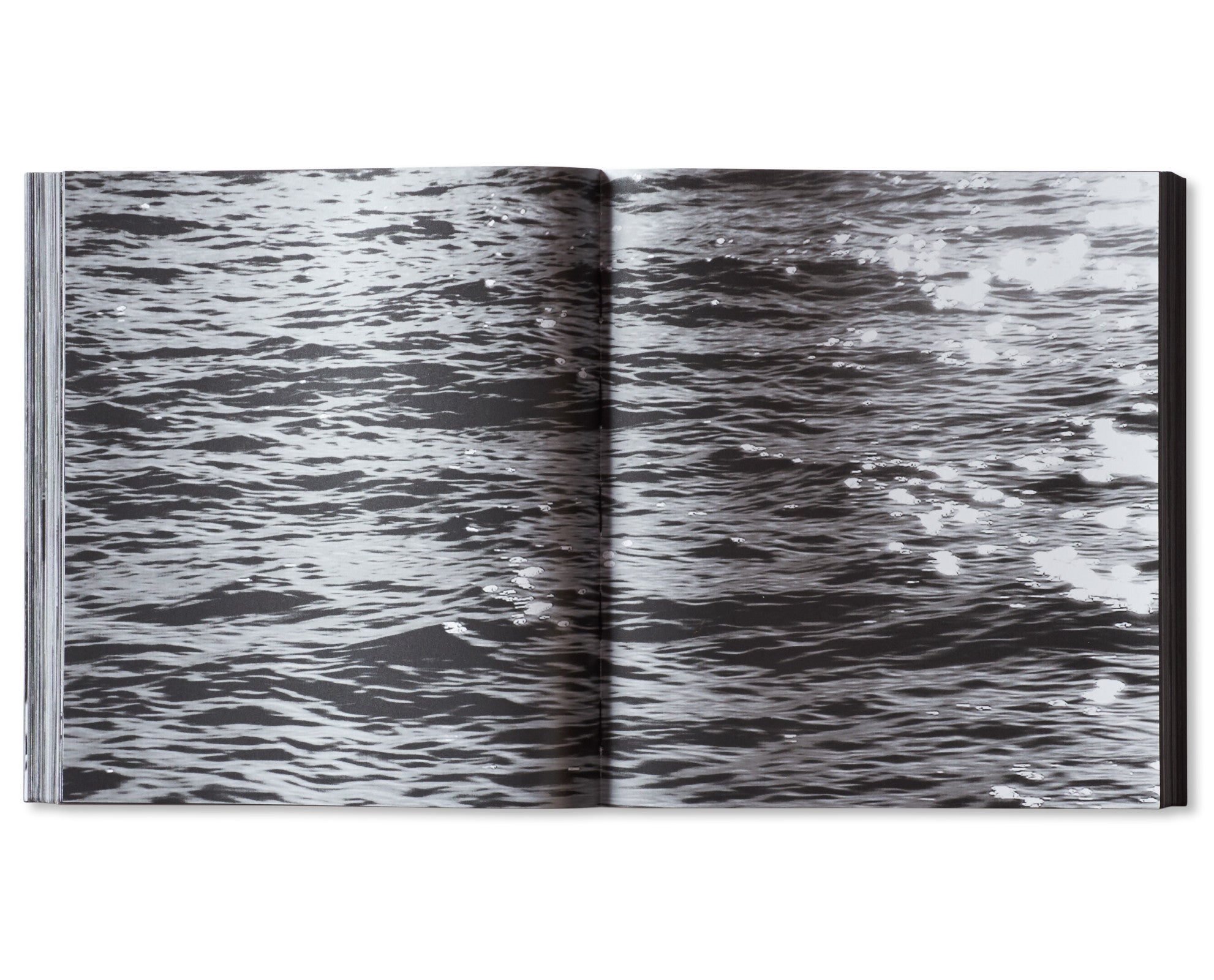
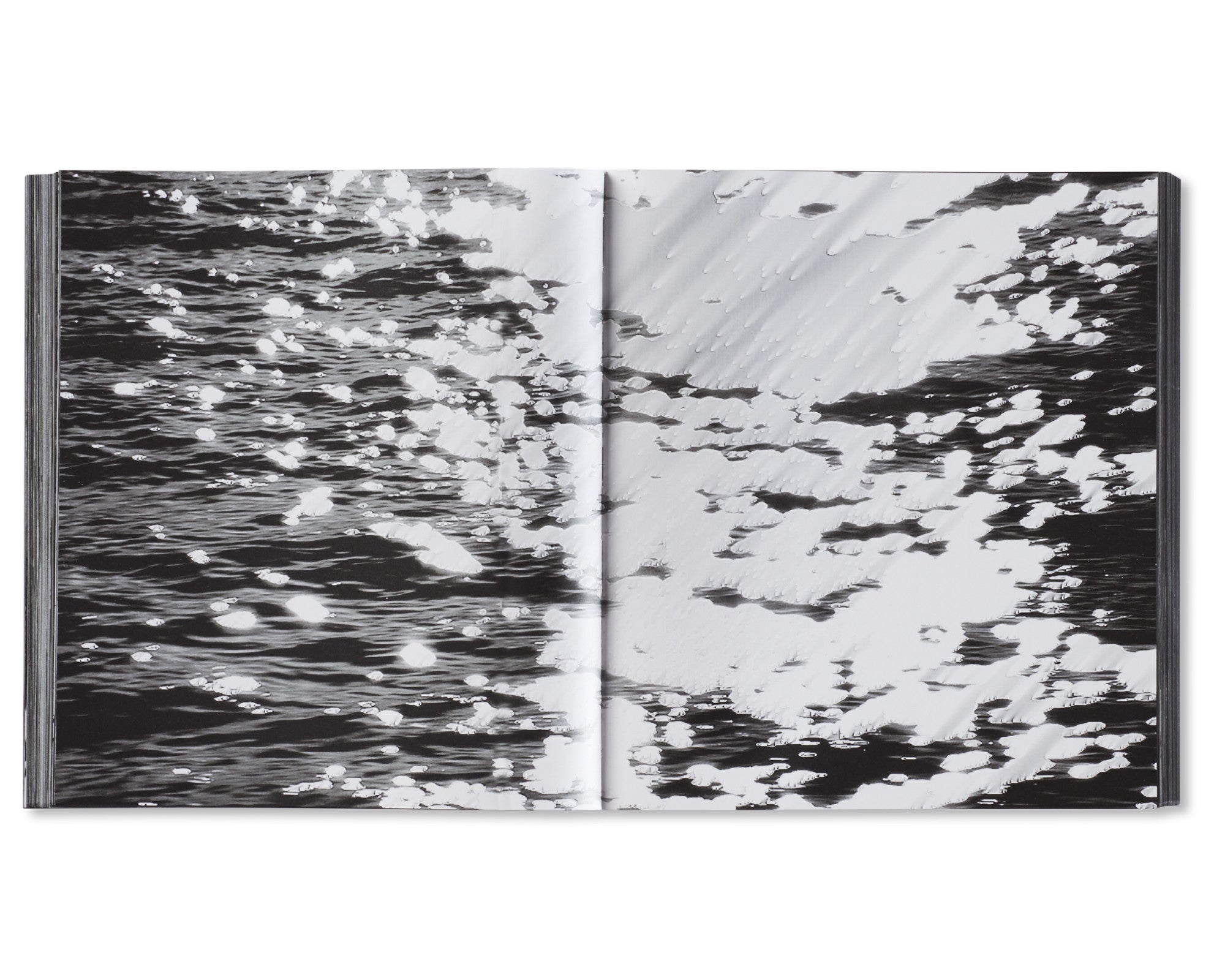
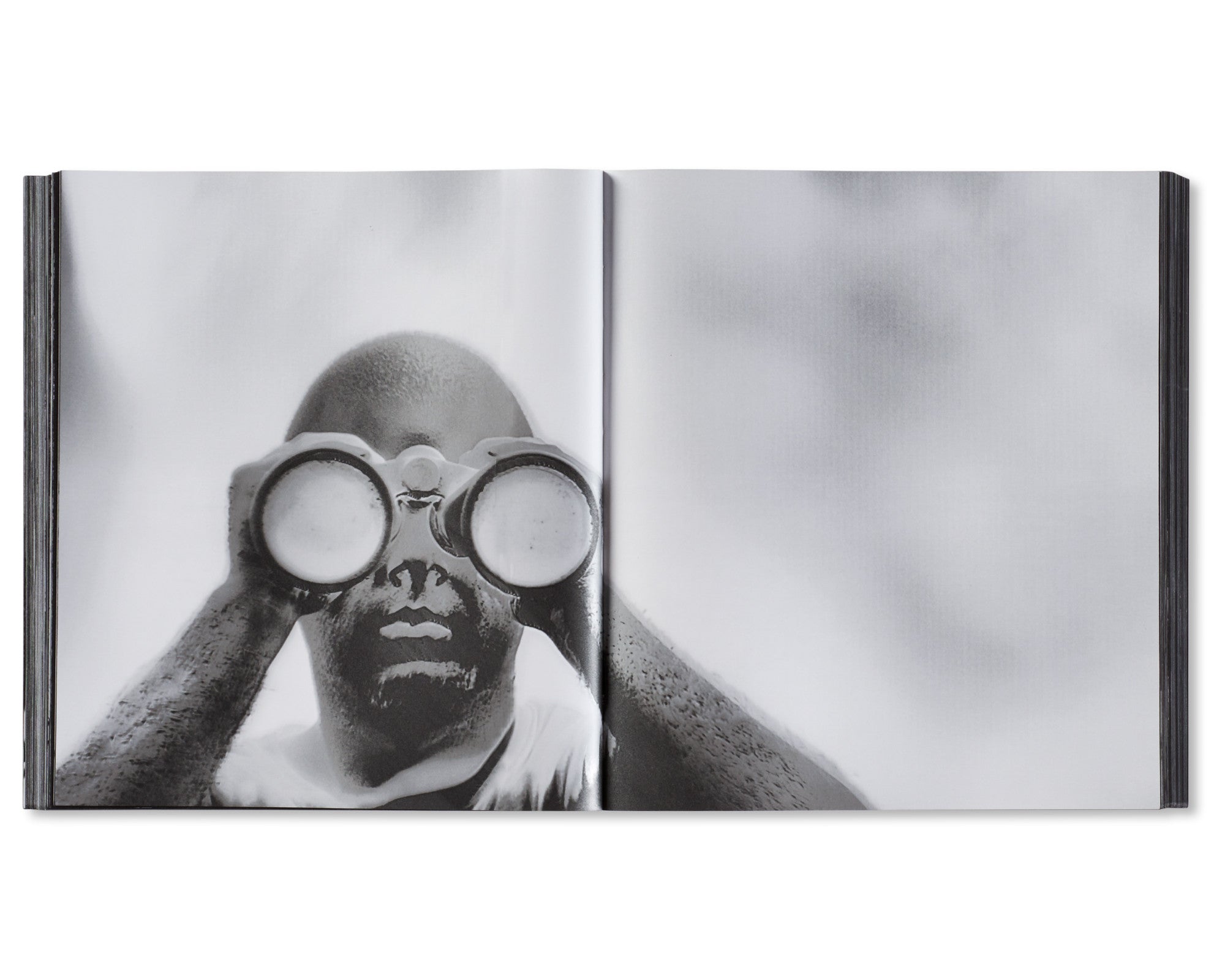
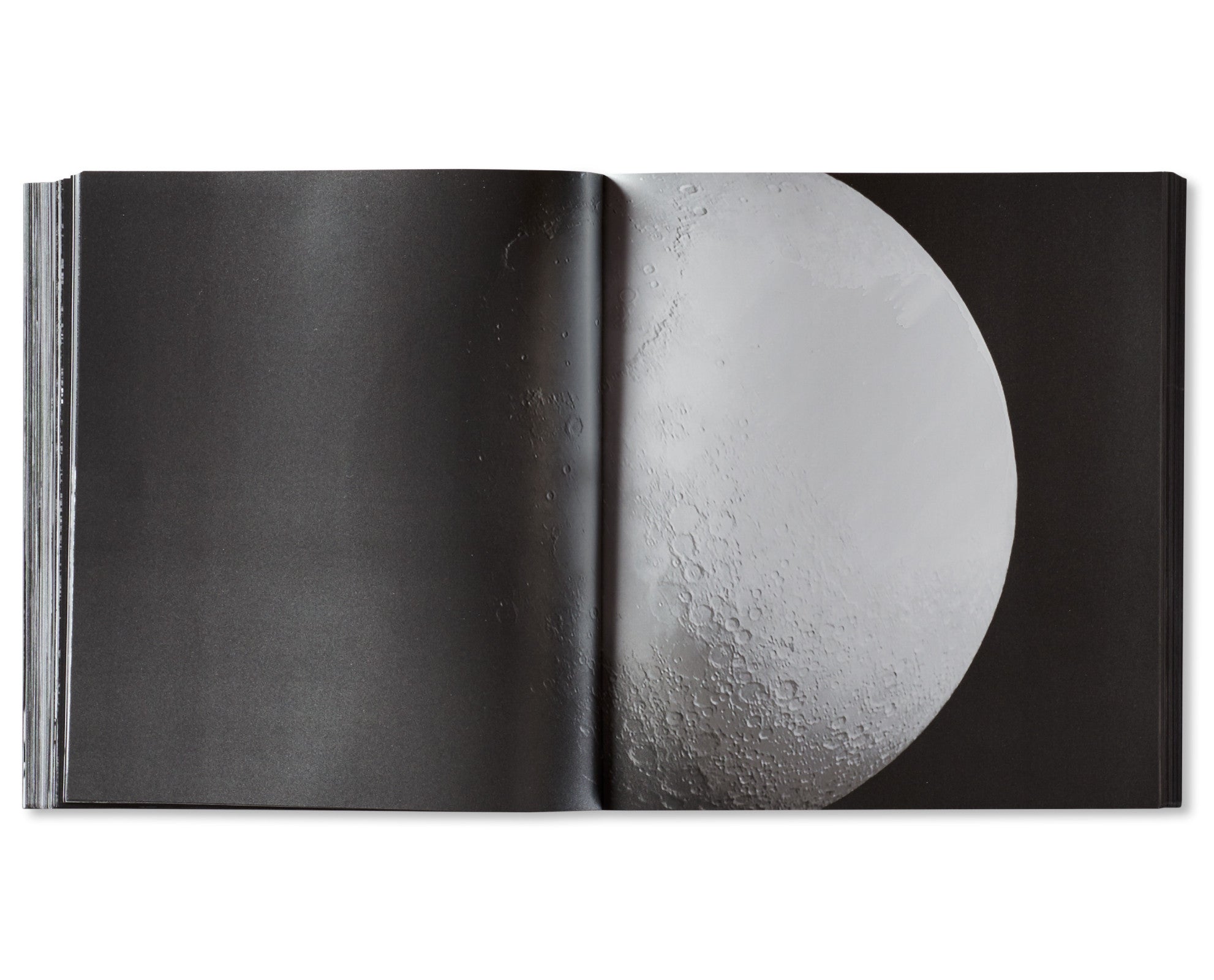
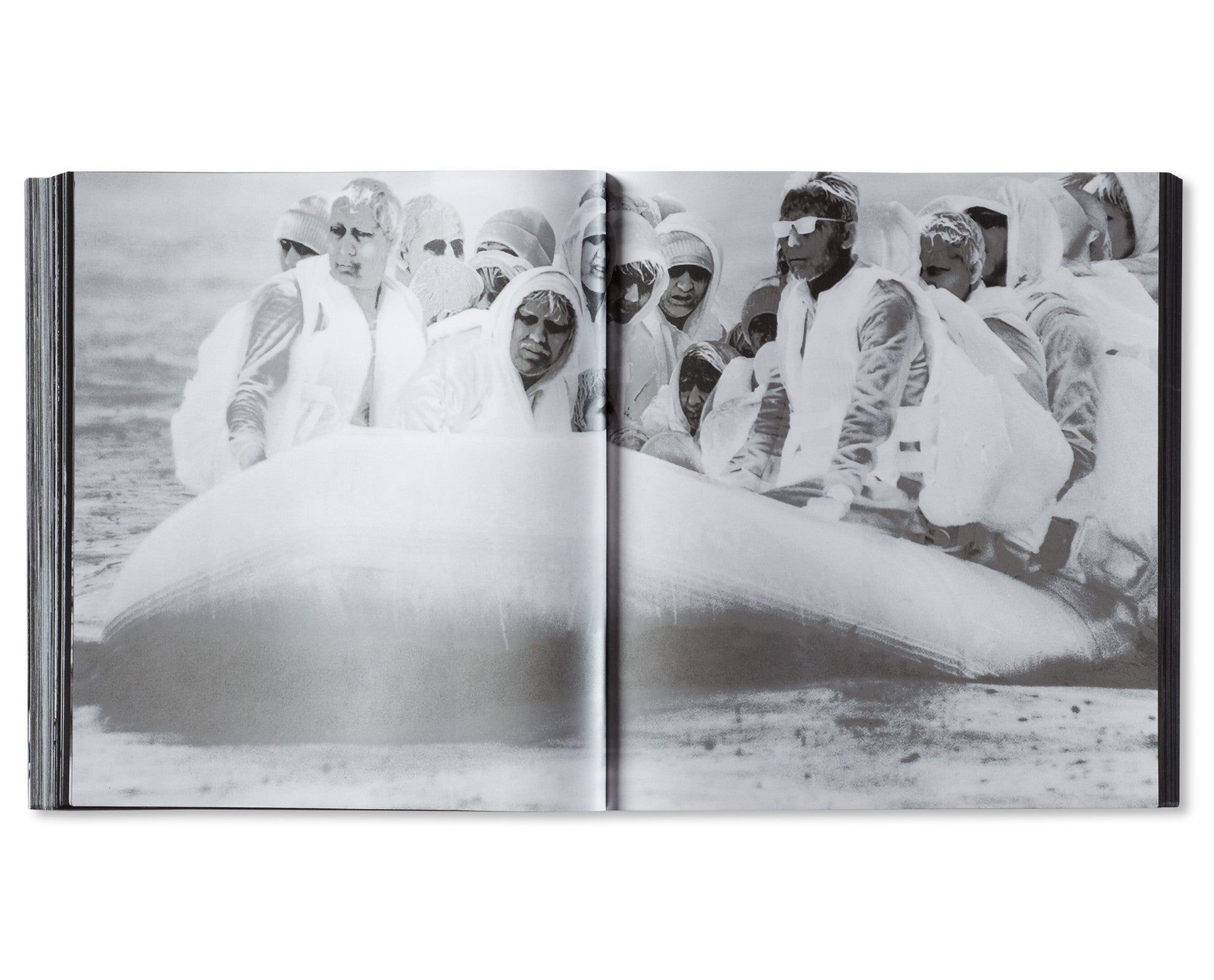
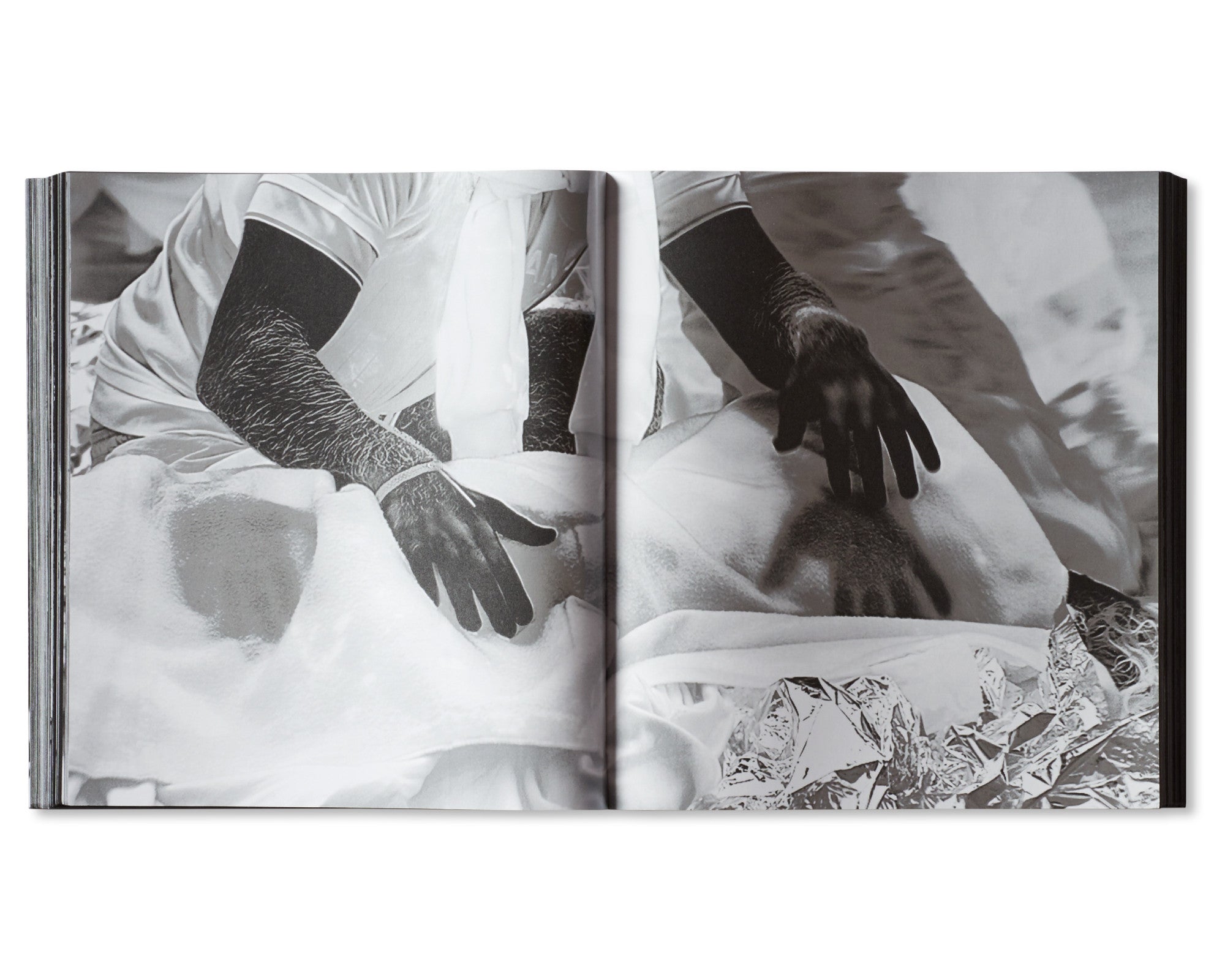
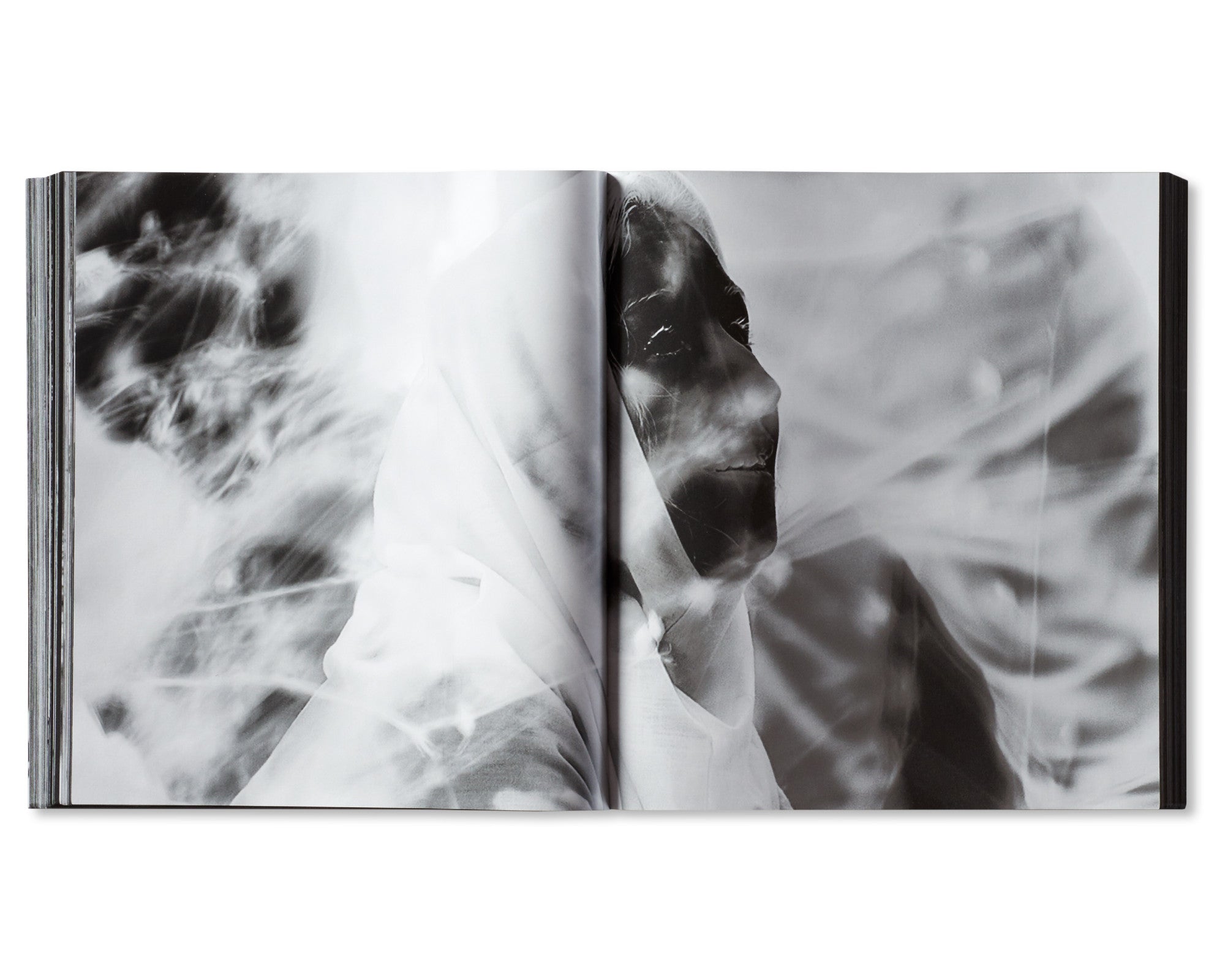
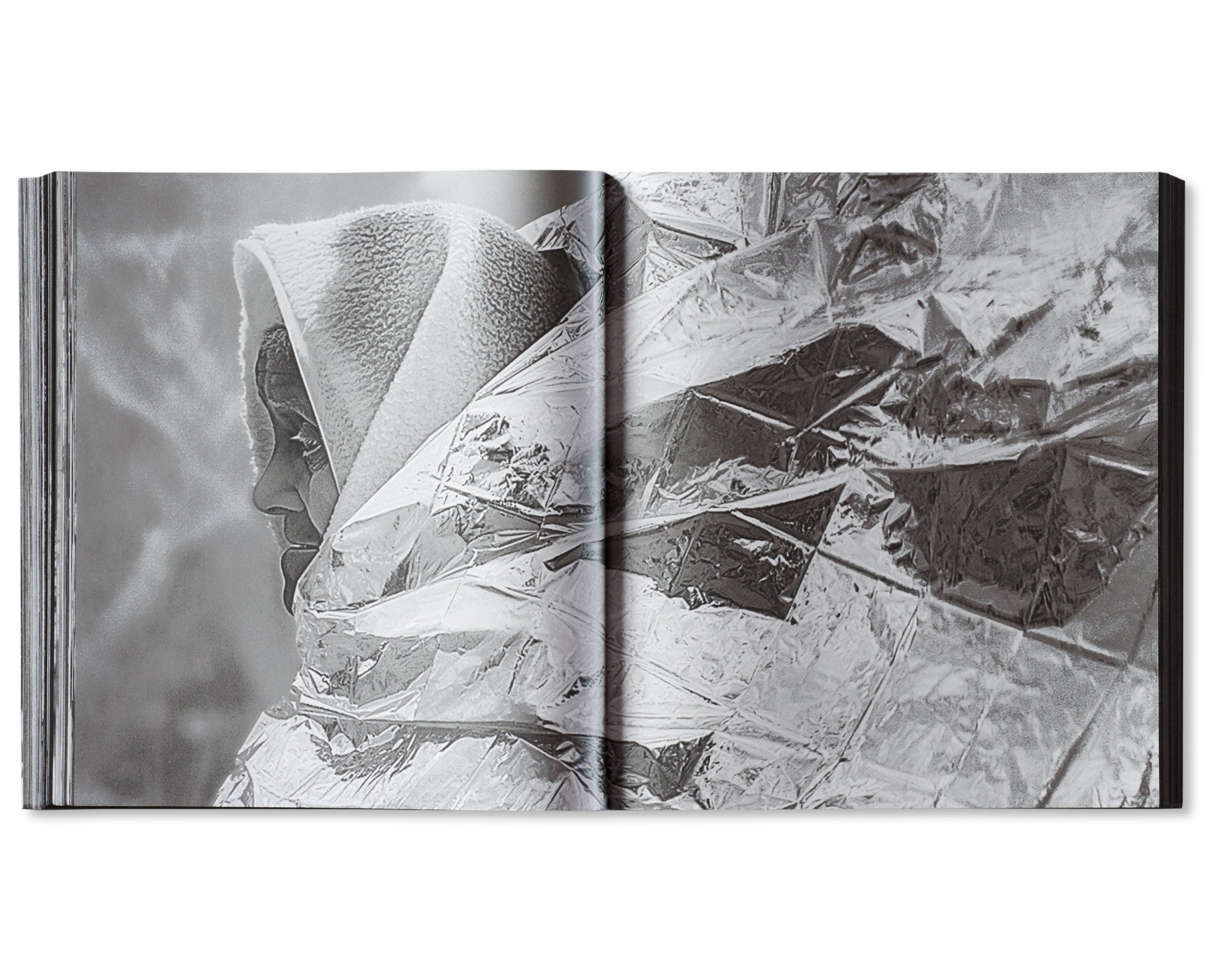
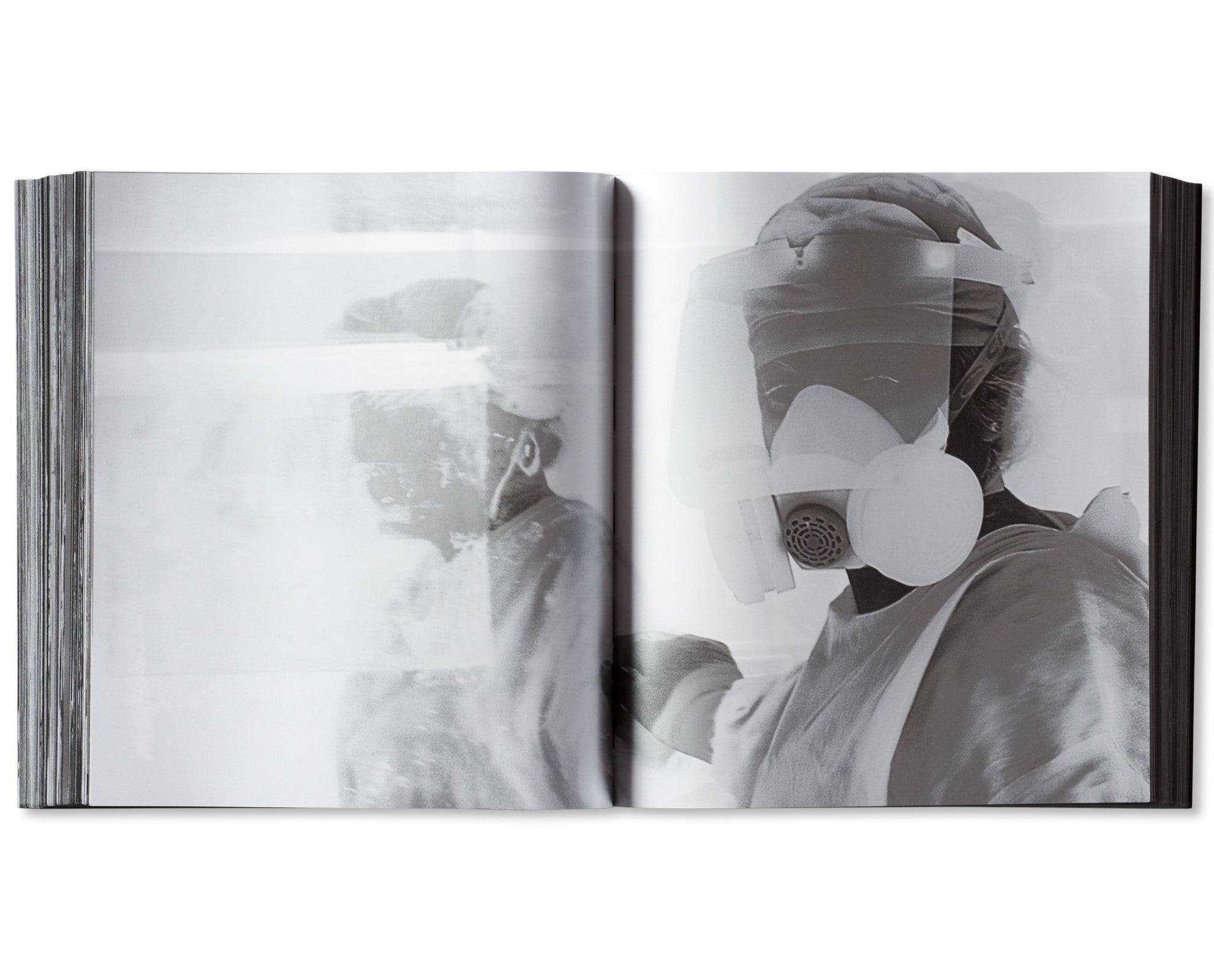
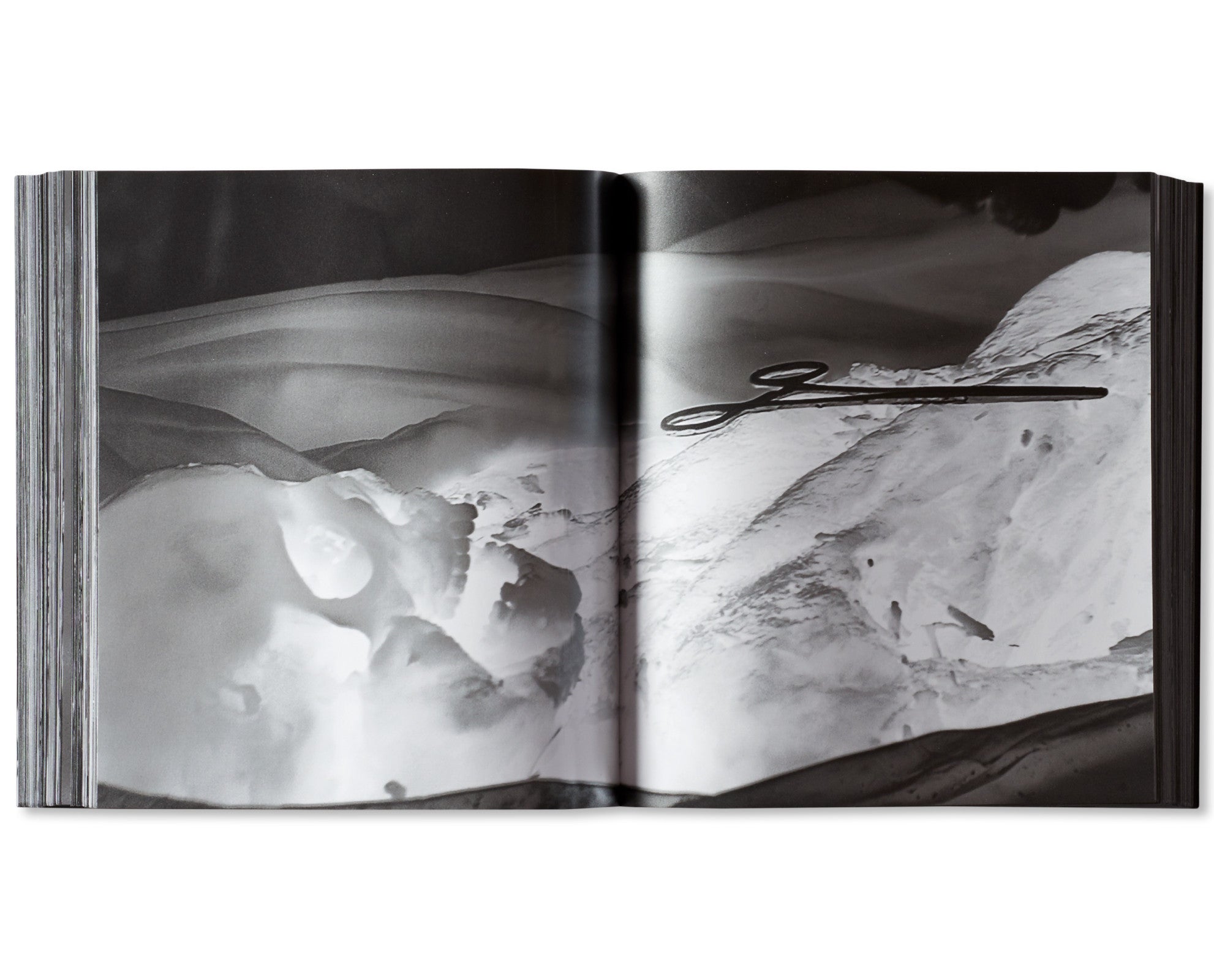
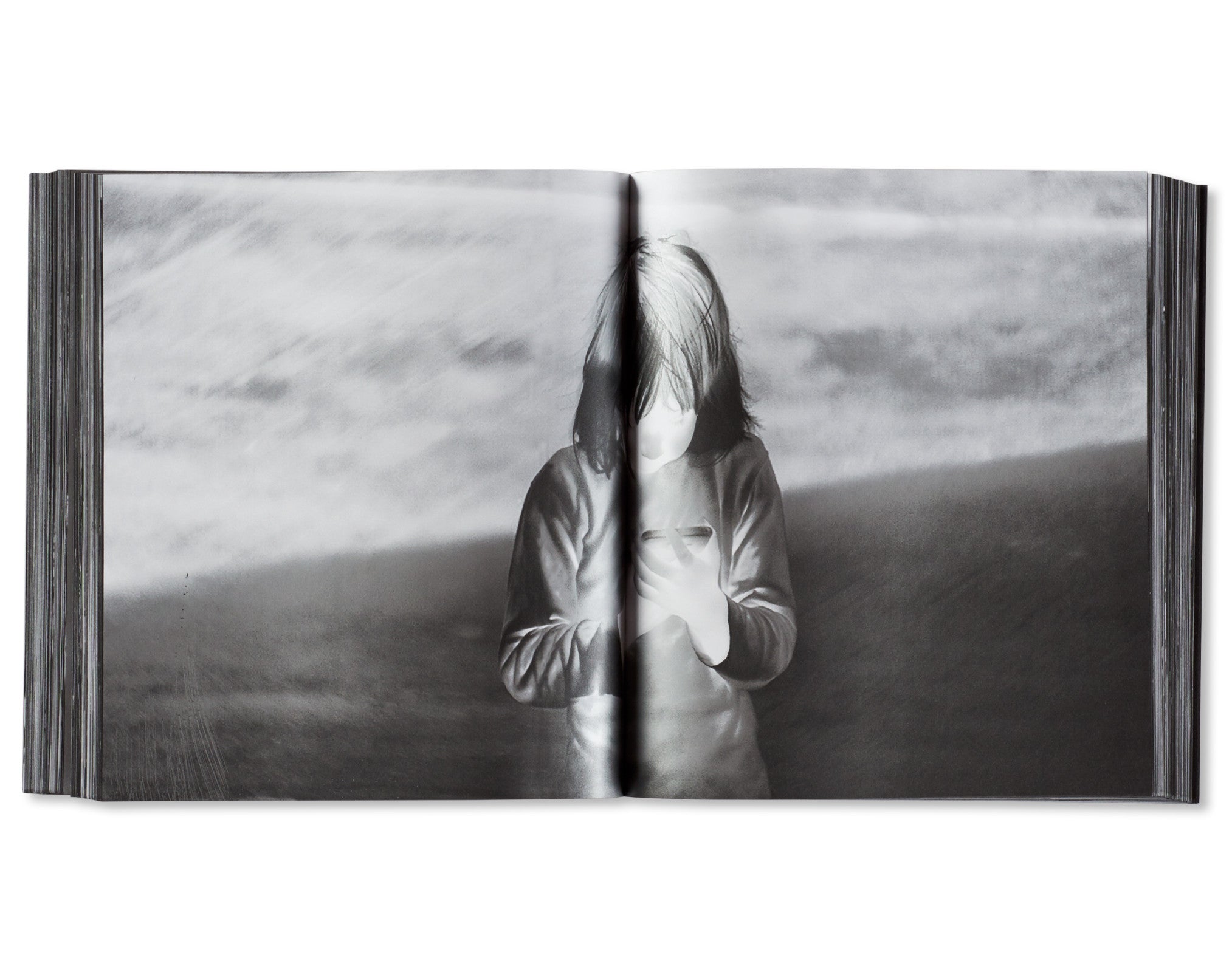
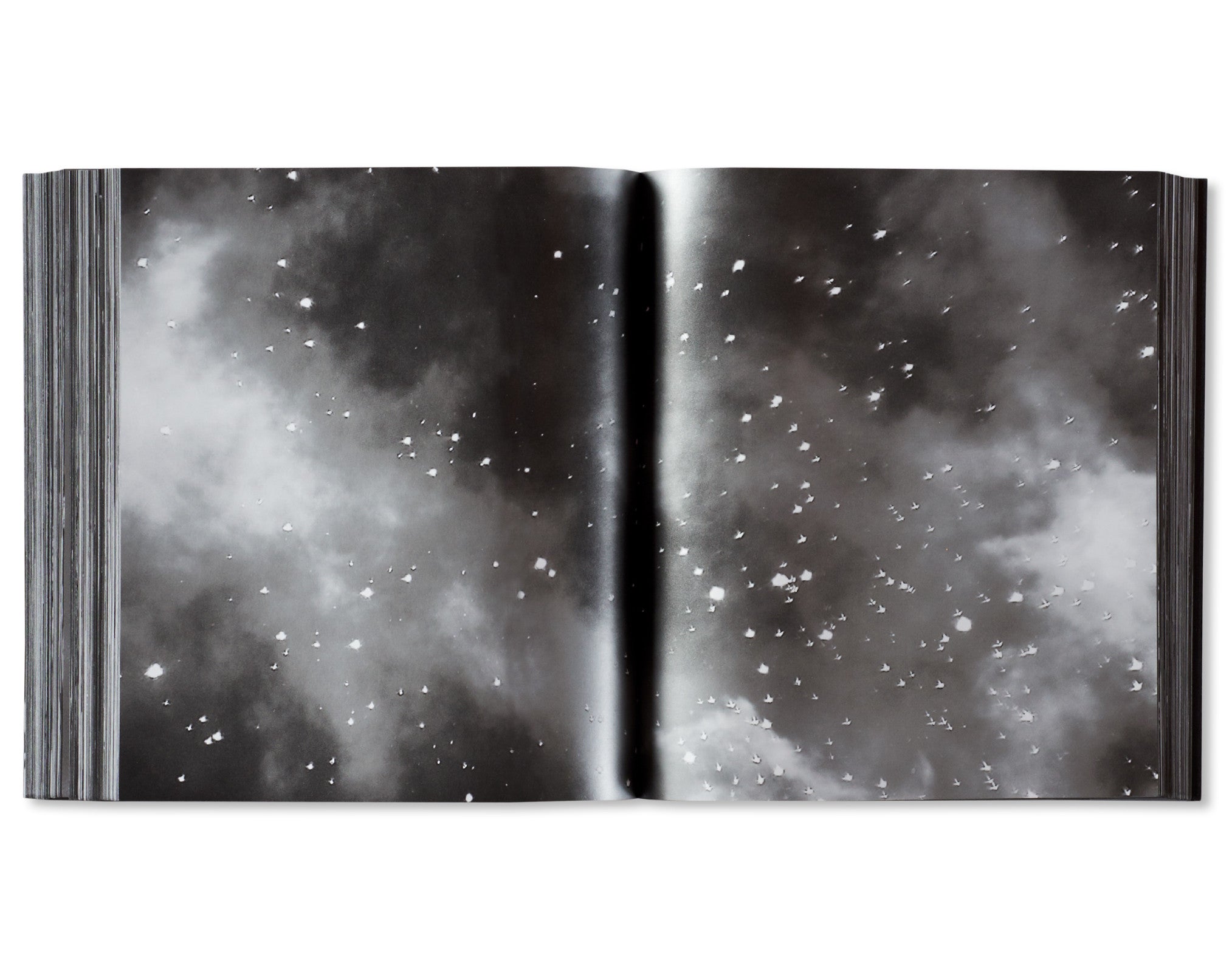
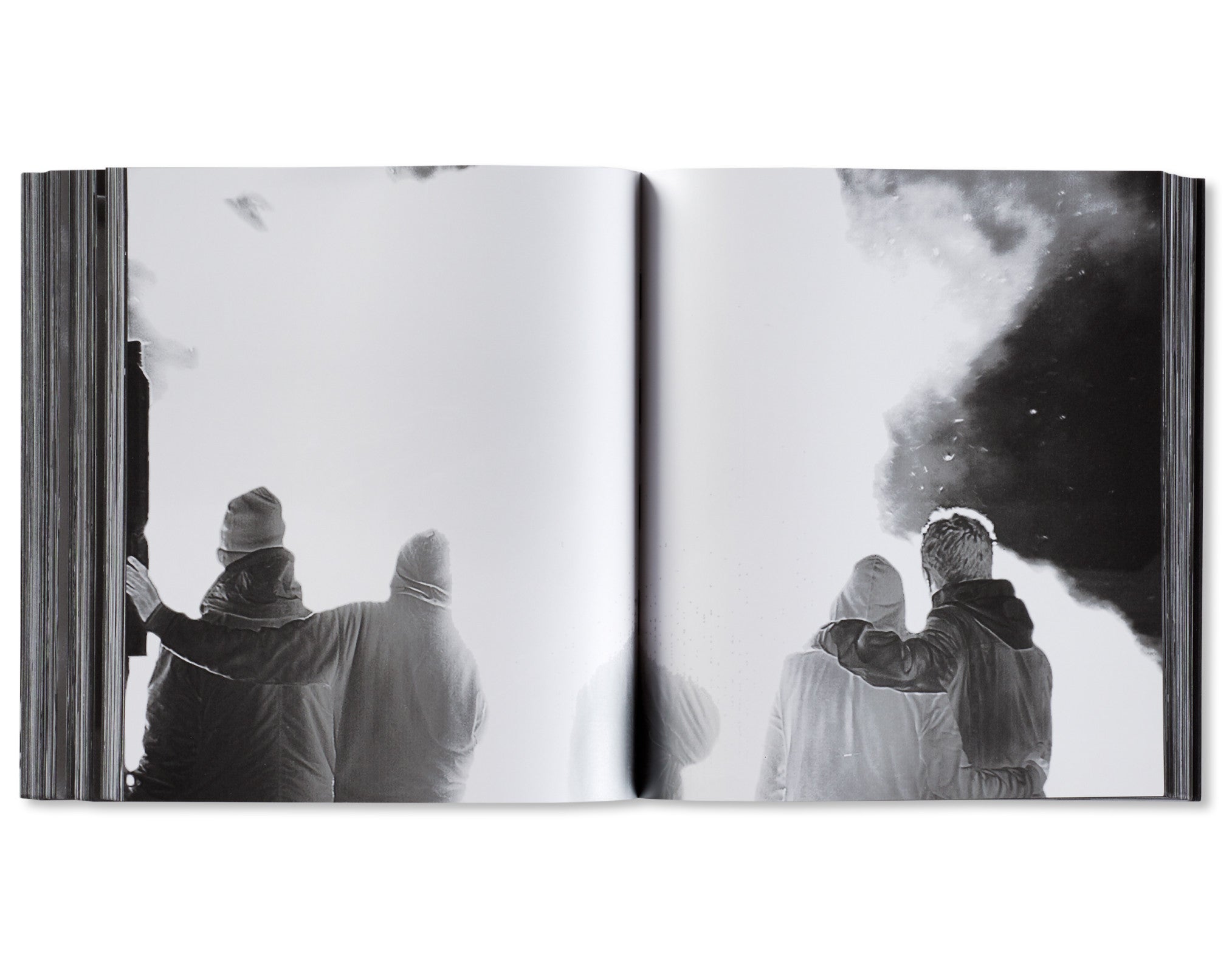
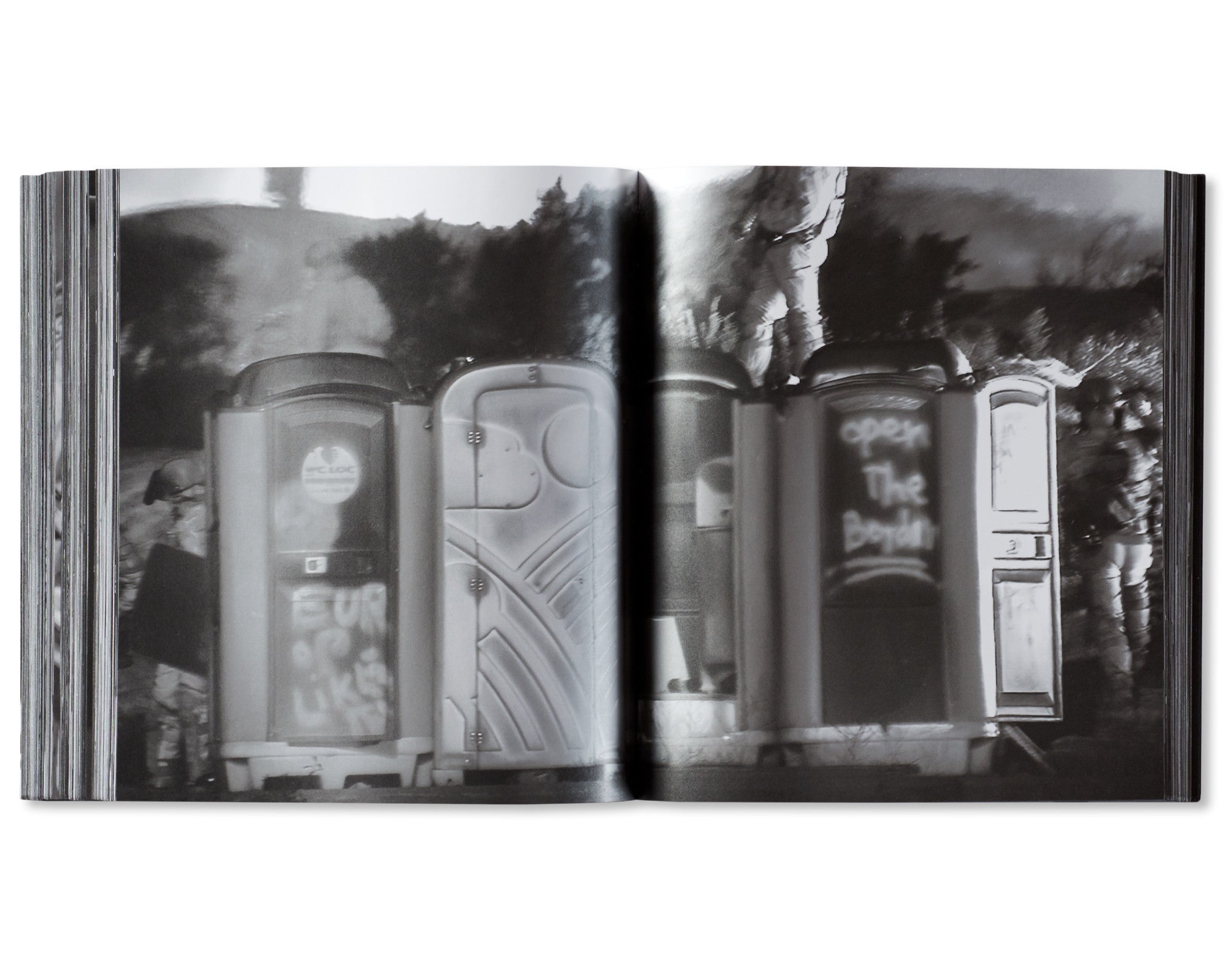
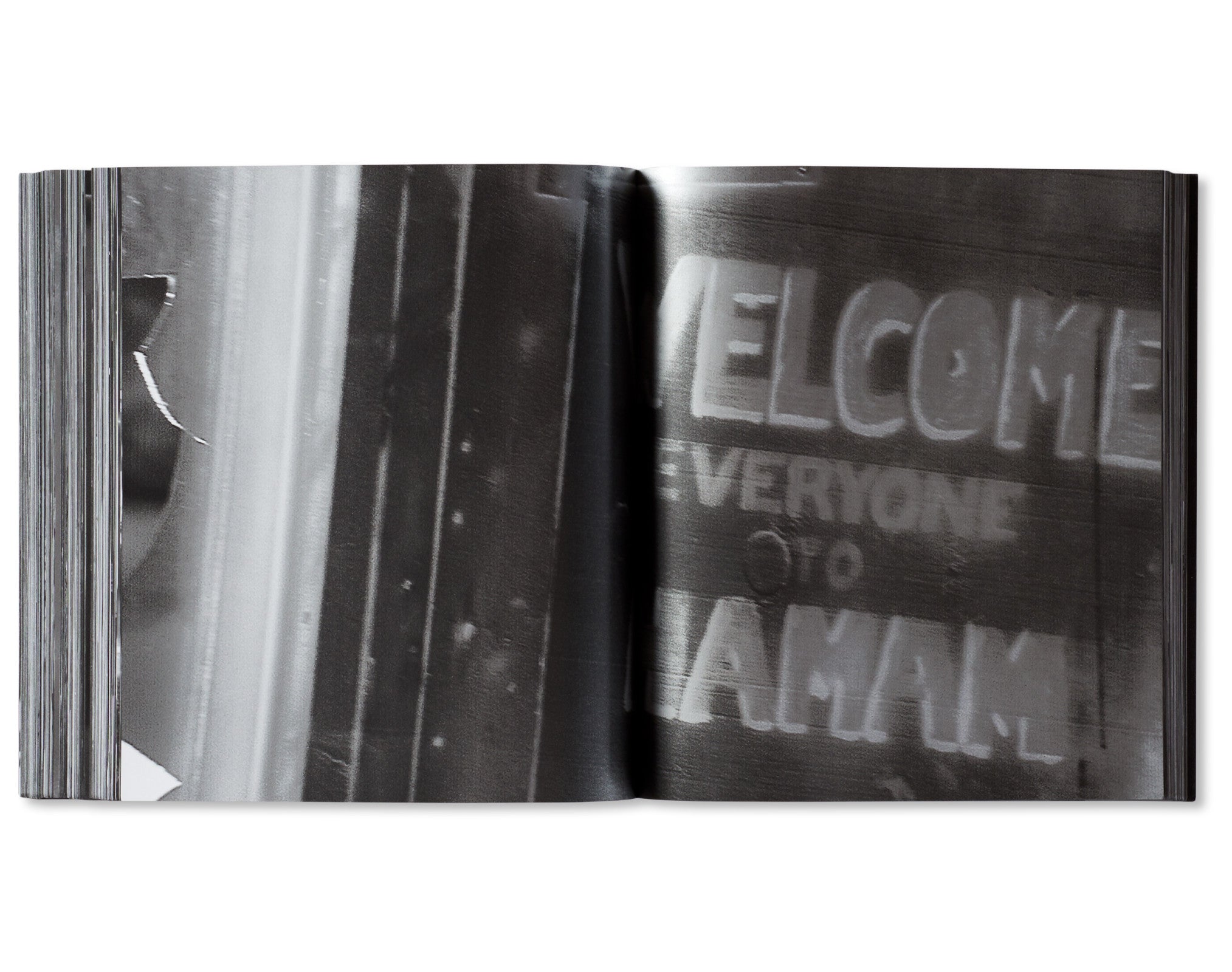
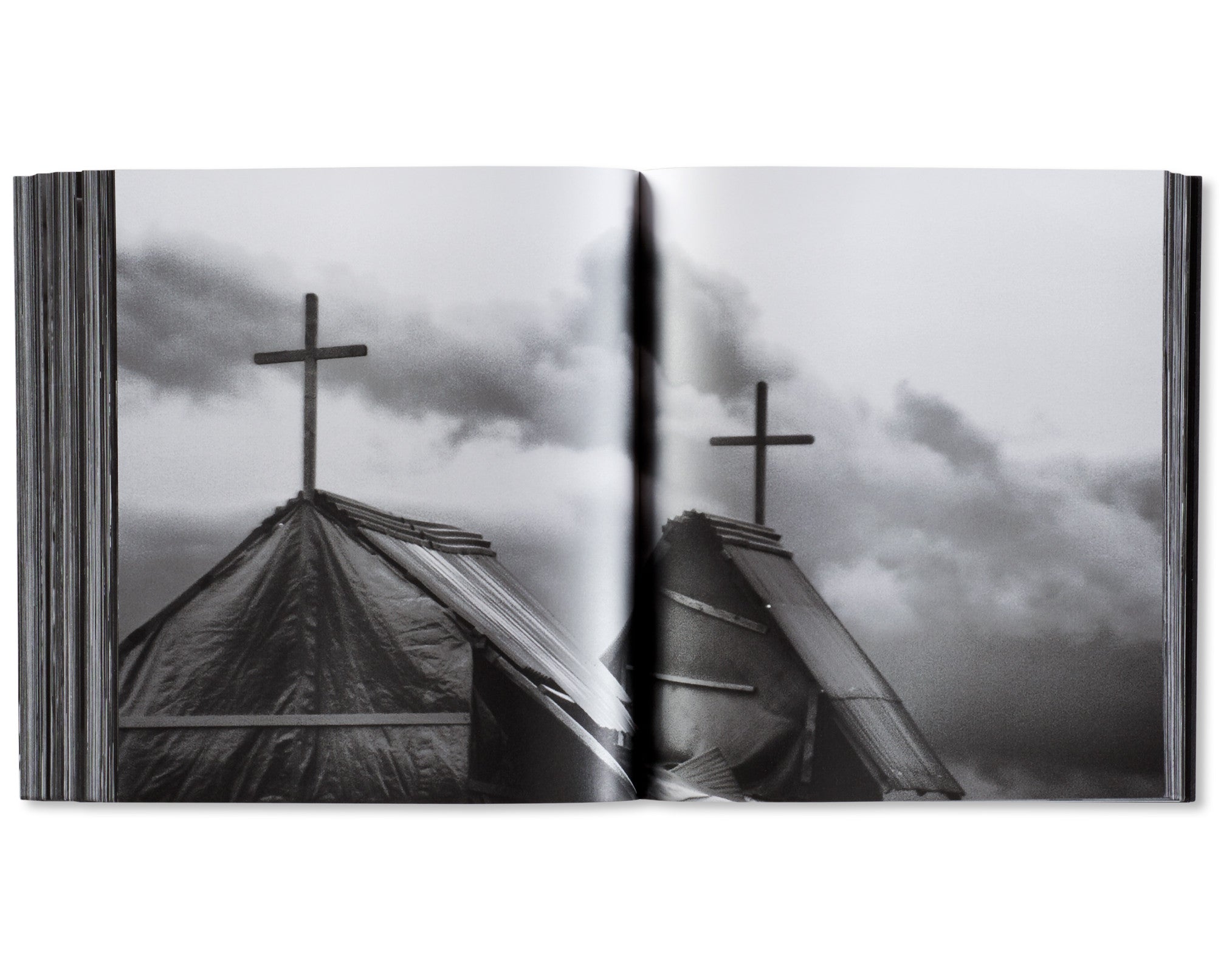
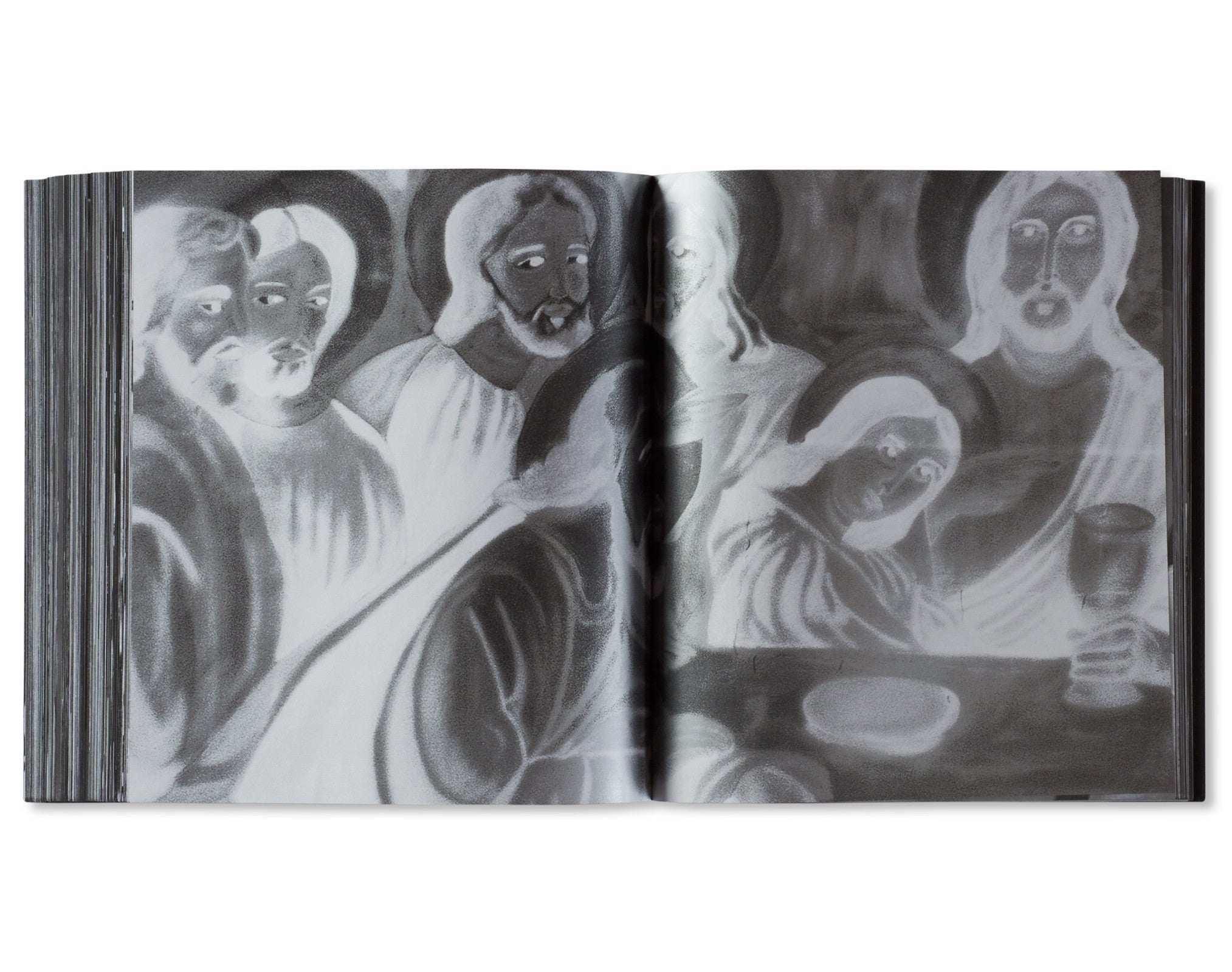
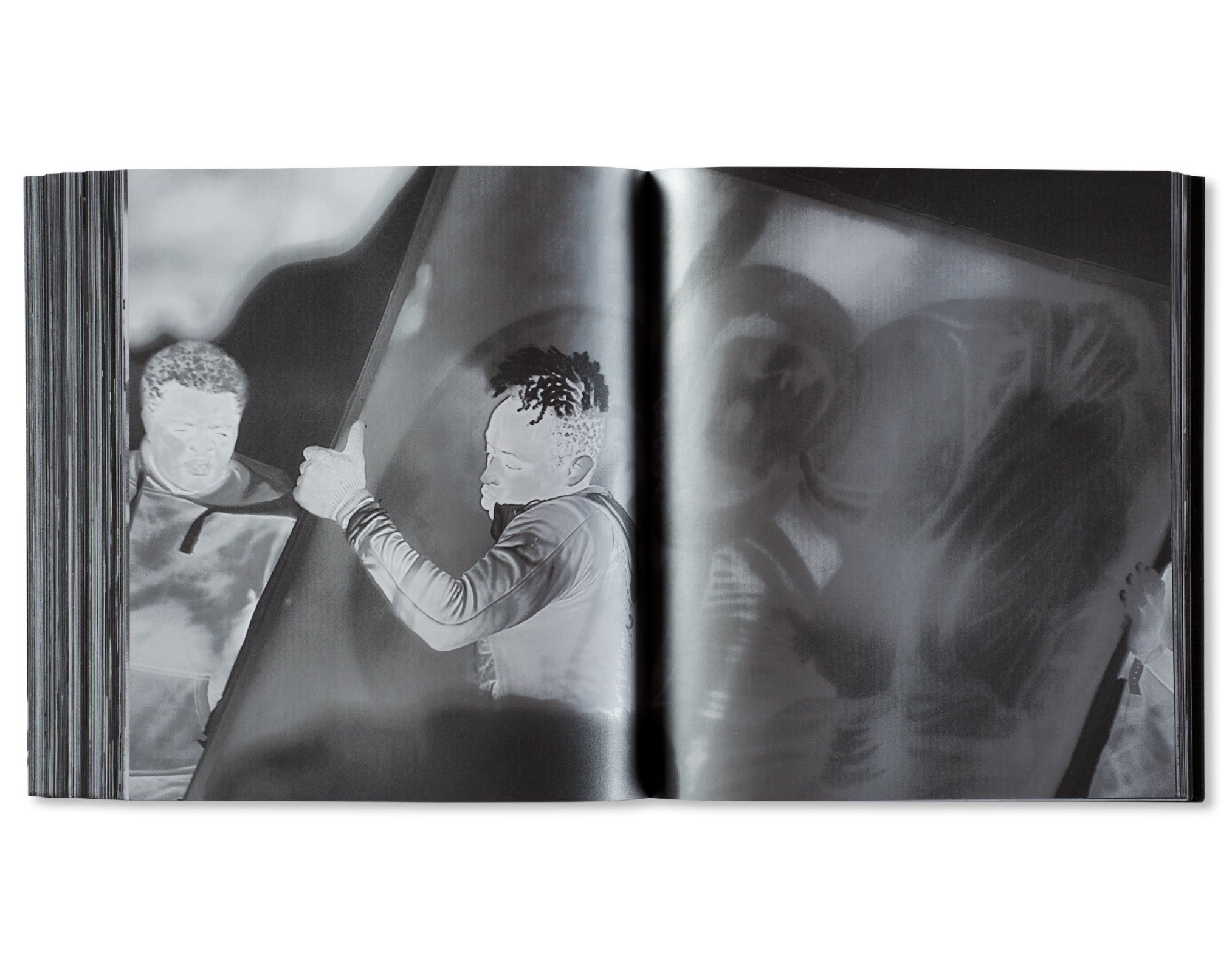
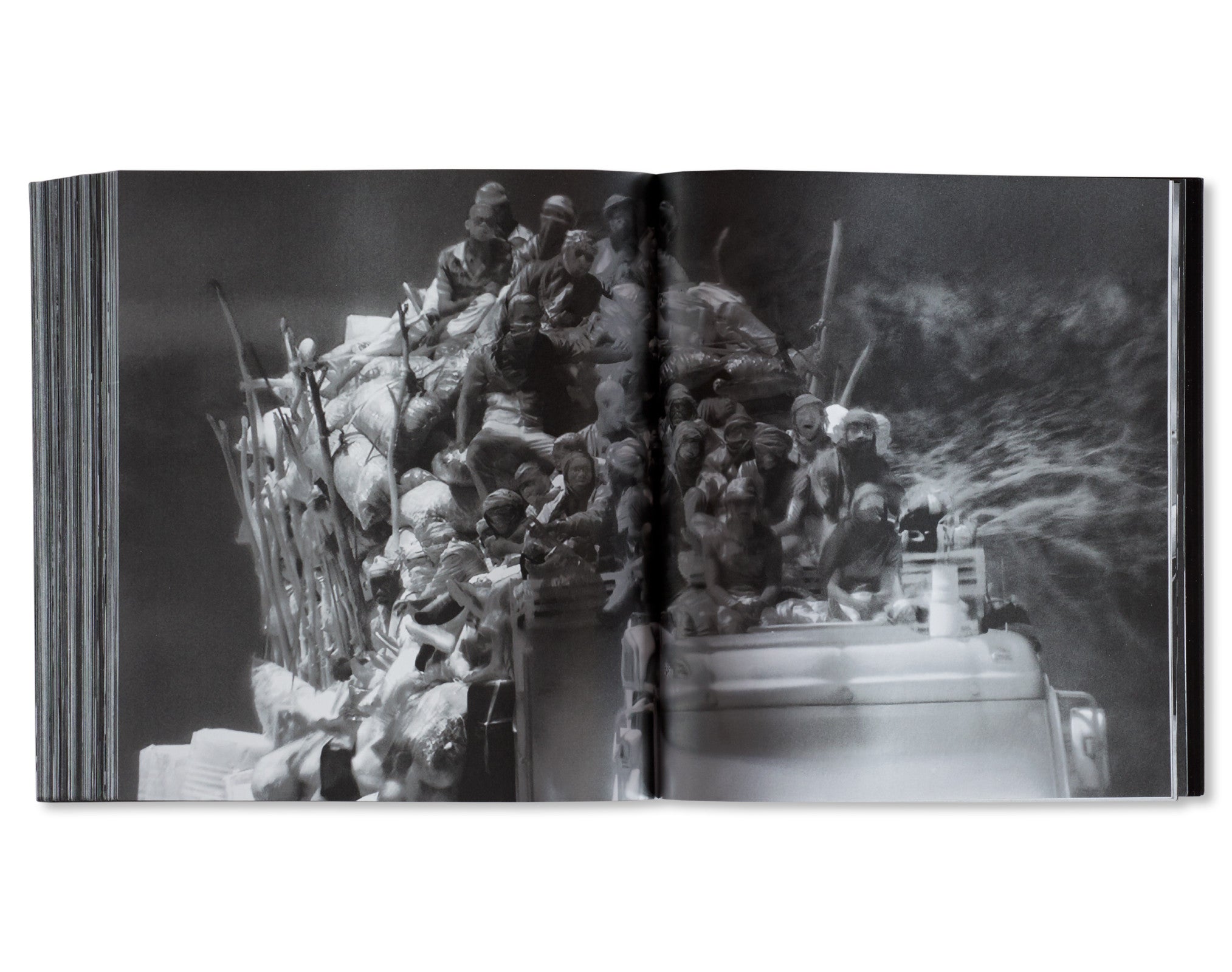
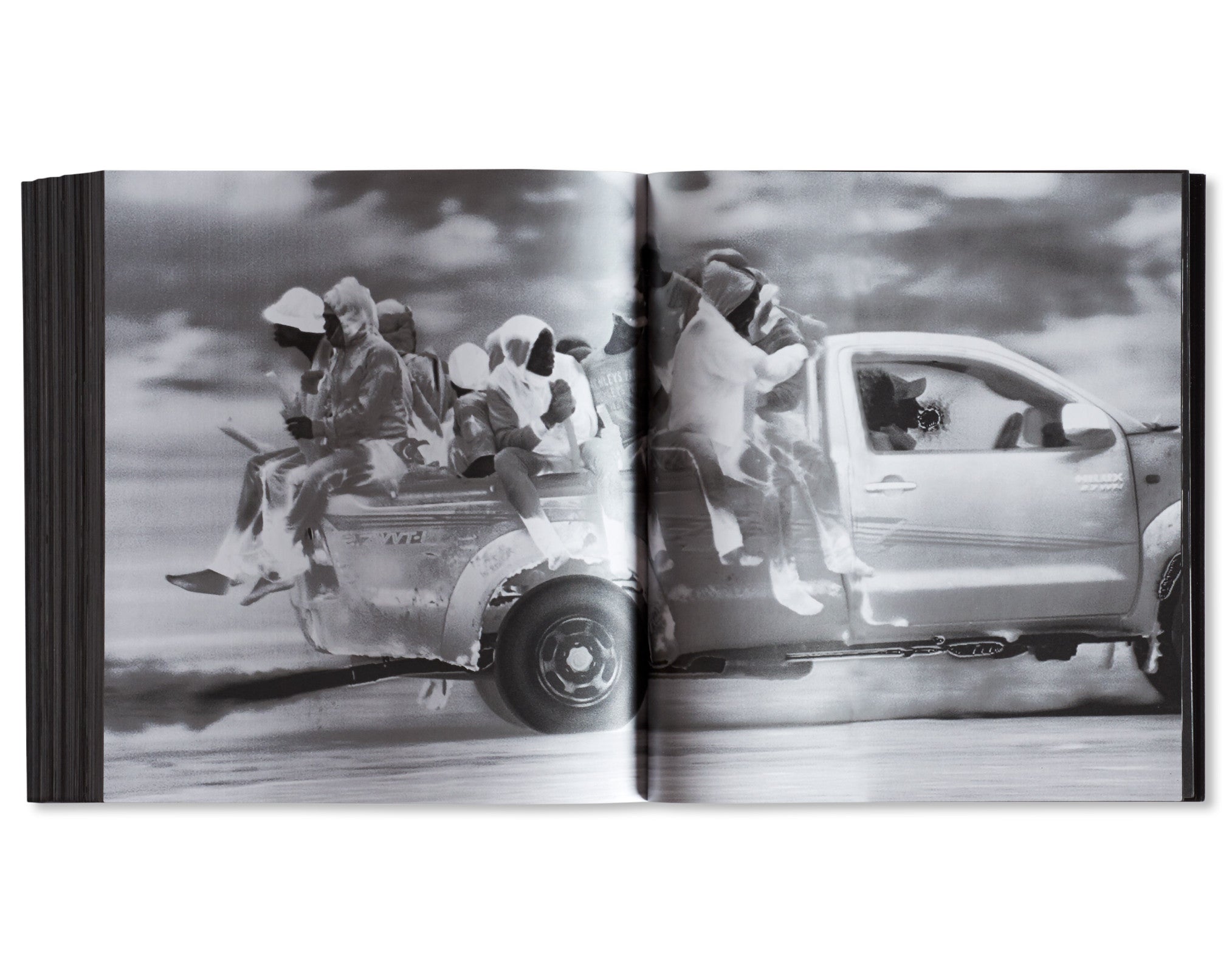
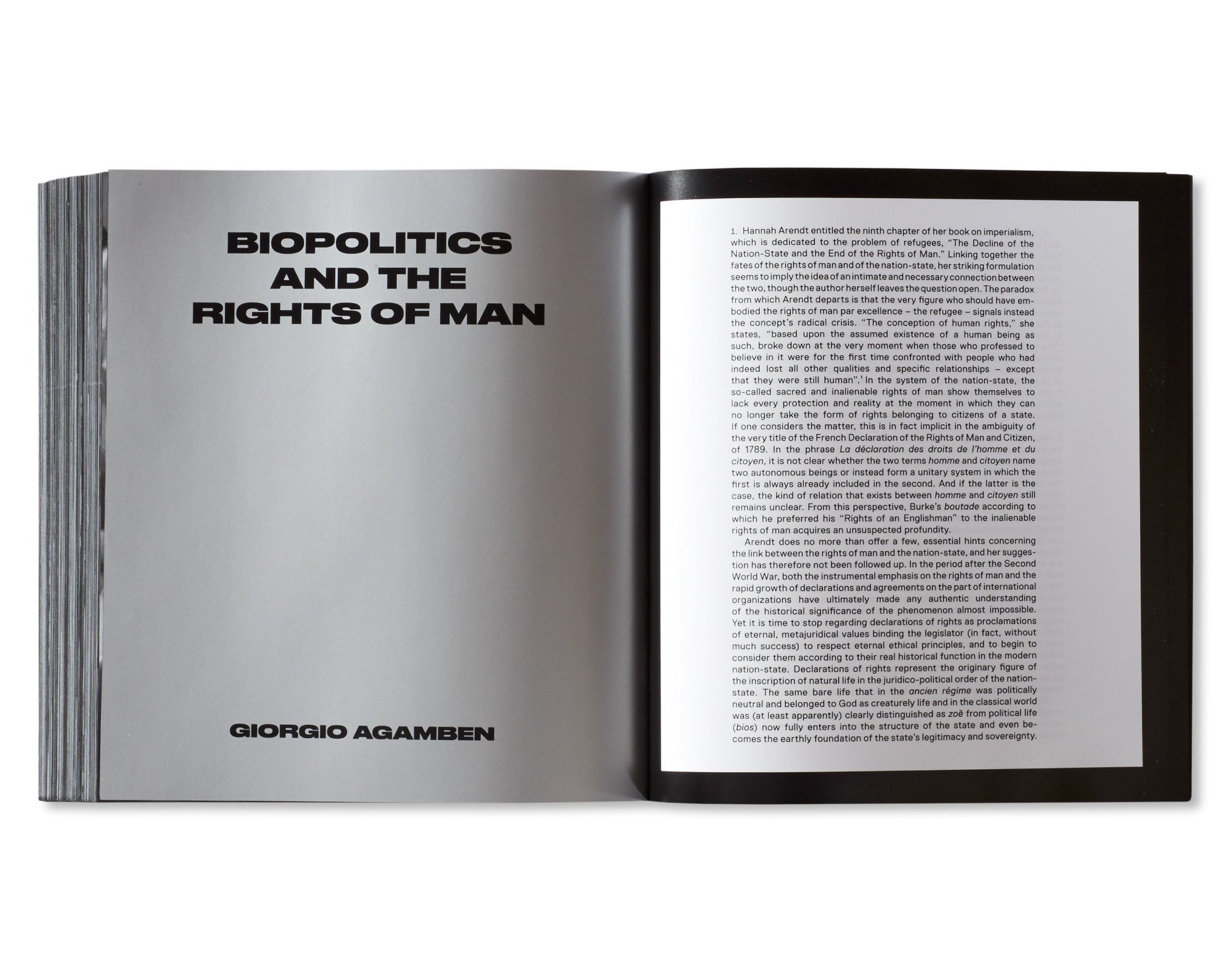
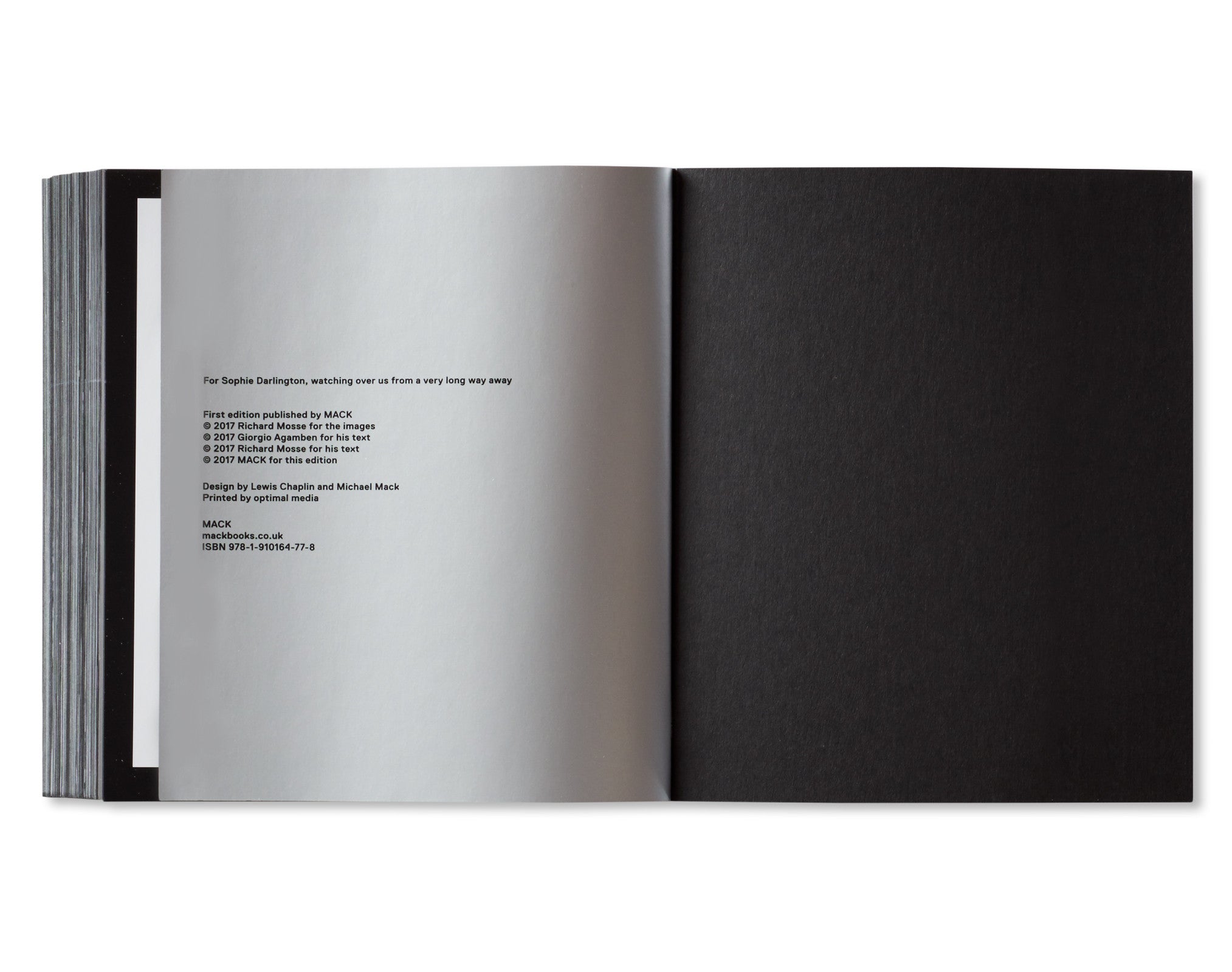
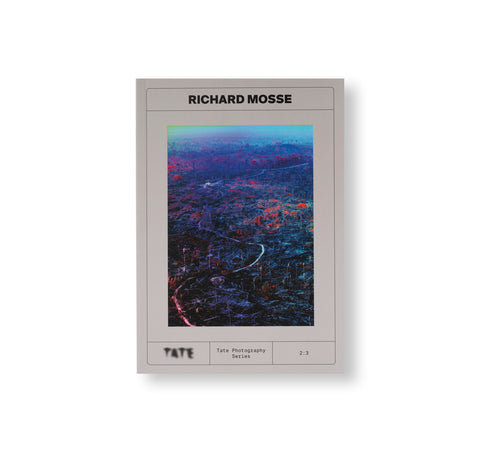
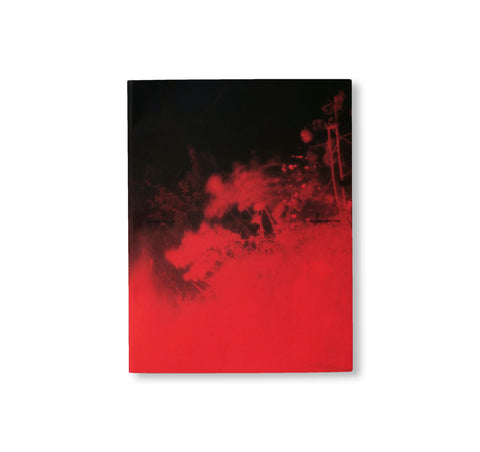
![THE CASTLE by Richard Mosse [FIRST EDITION, SECOND PRINTING]](http://twelve-books.com/cdn/shop/products/181114_11408_large.jpg?v=1571703976)
![INCOMING by Richard Mosse [SIGNED]](http://twelve-books.com/cdn/shop/products/170308_03428_d8802de2-db9e-4dea-8ac0-b583f4ceb138_large.jpg?v=1571703941)